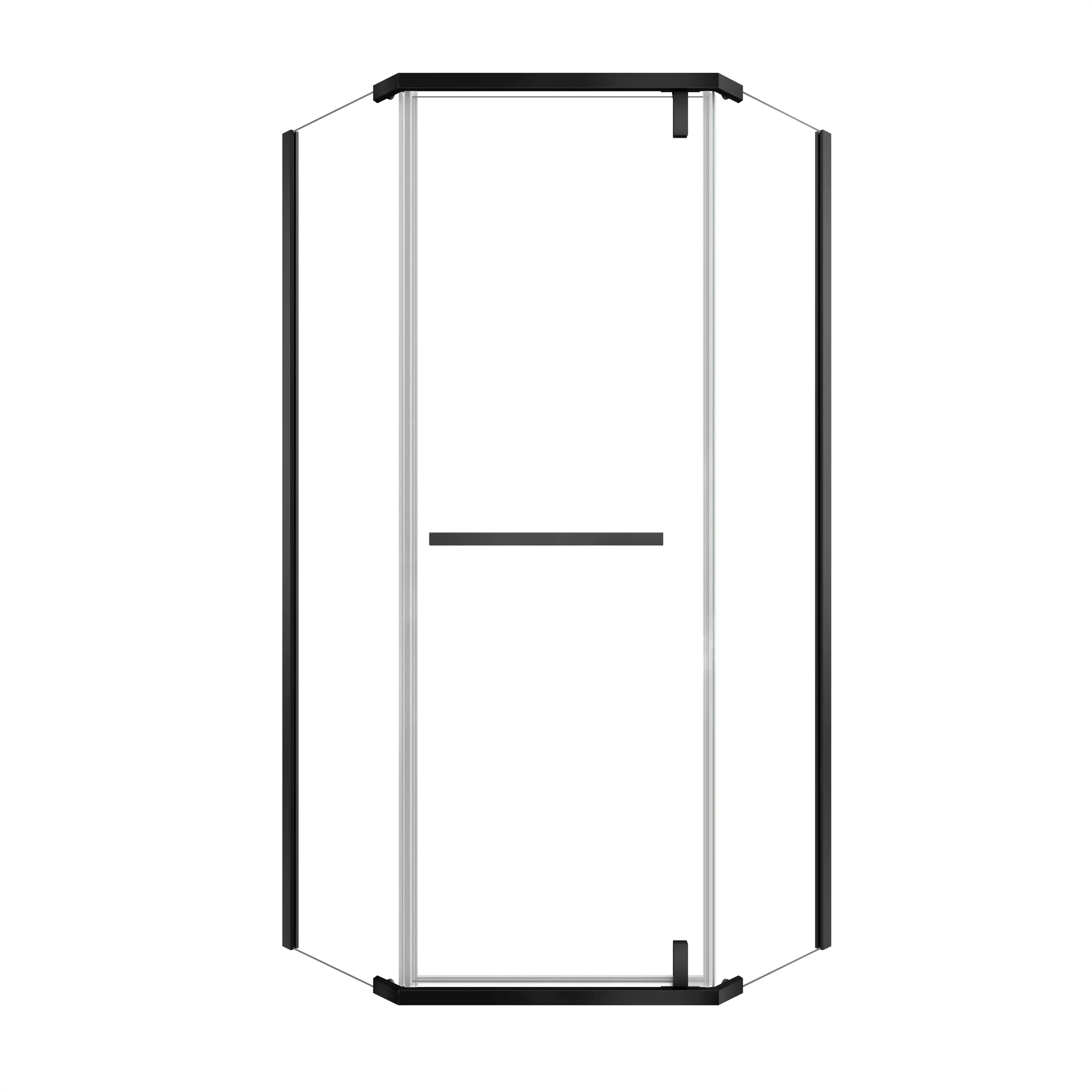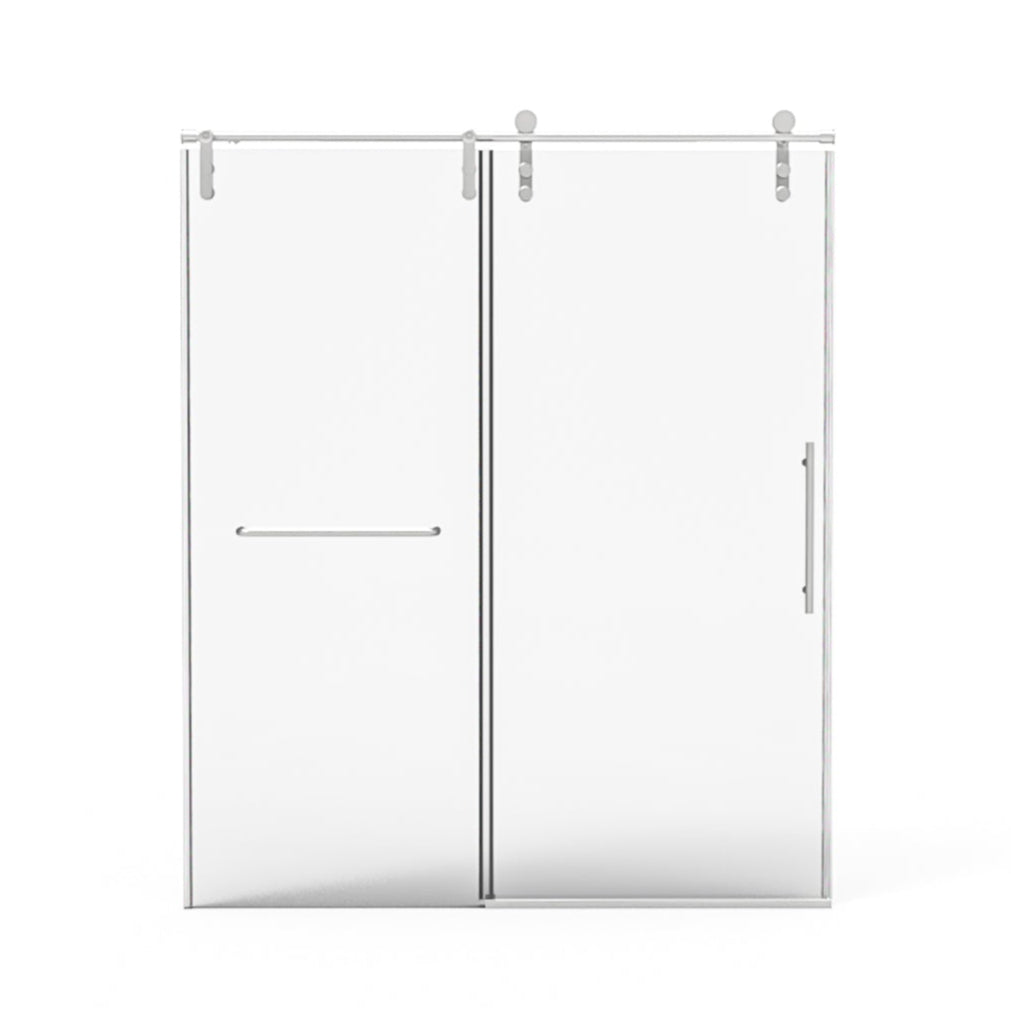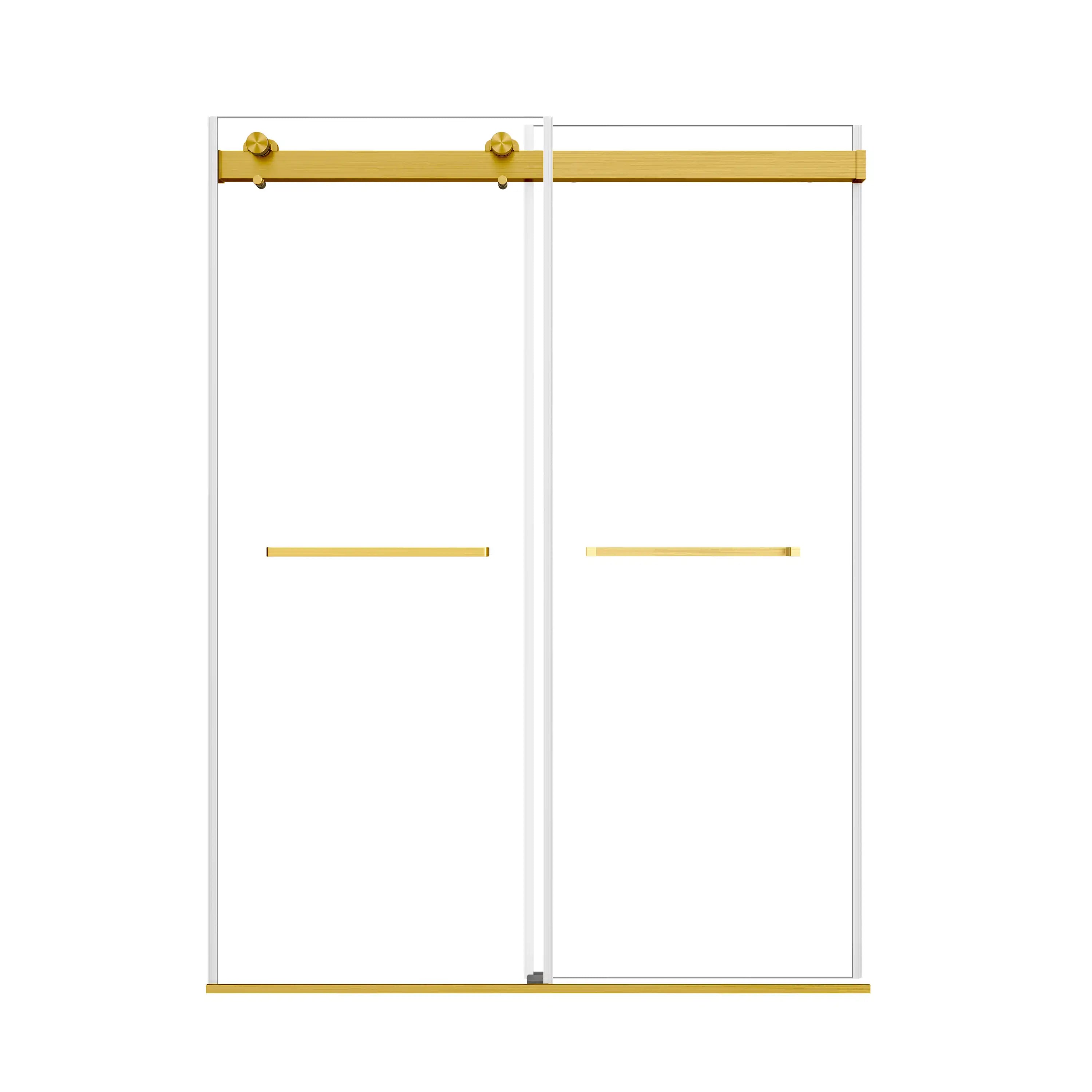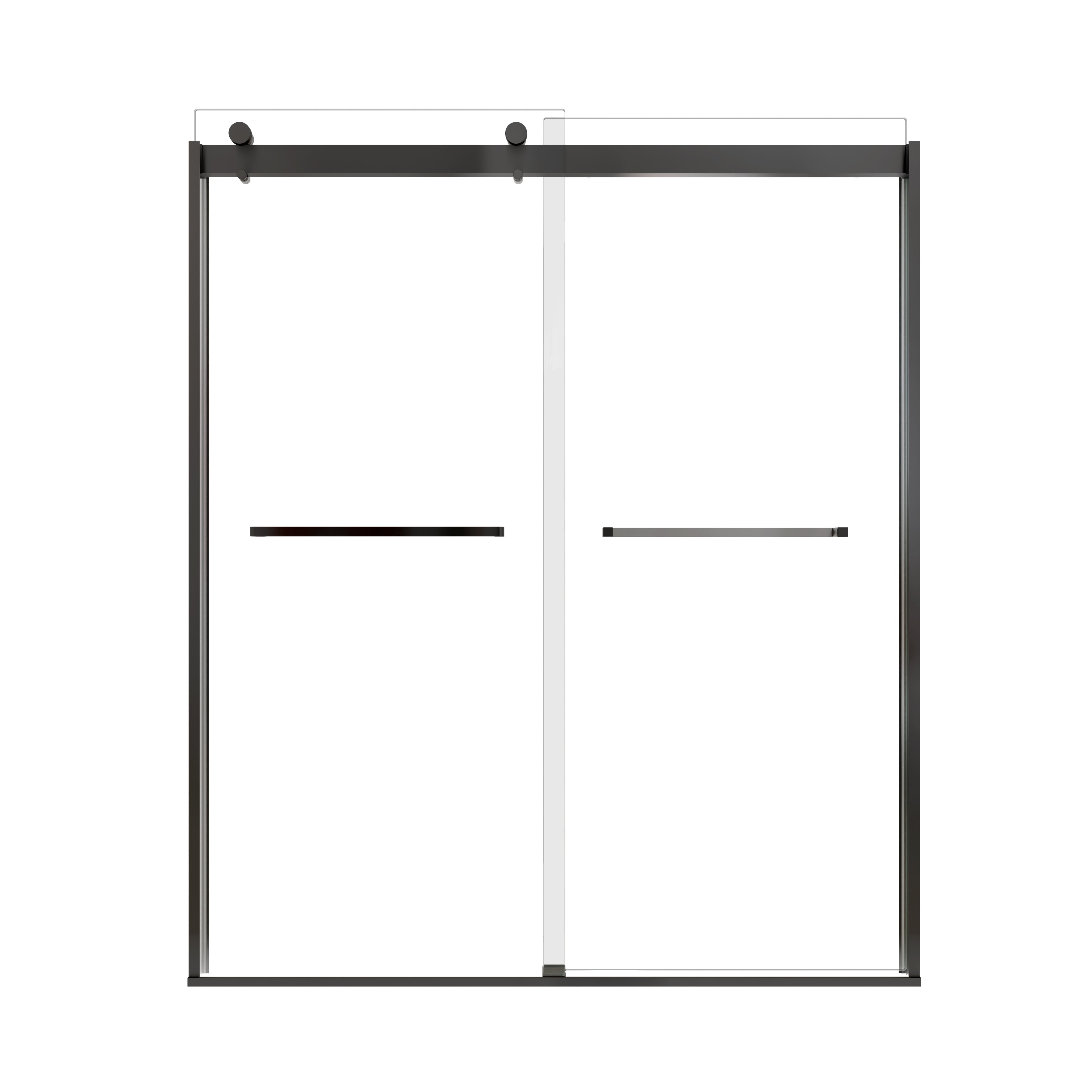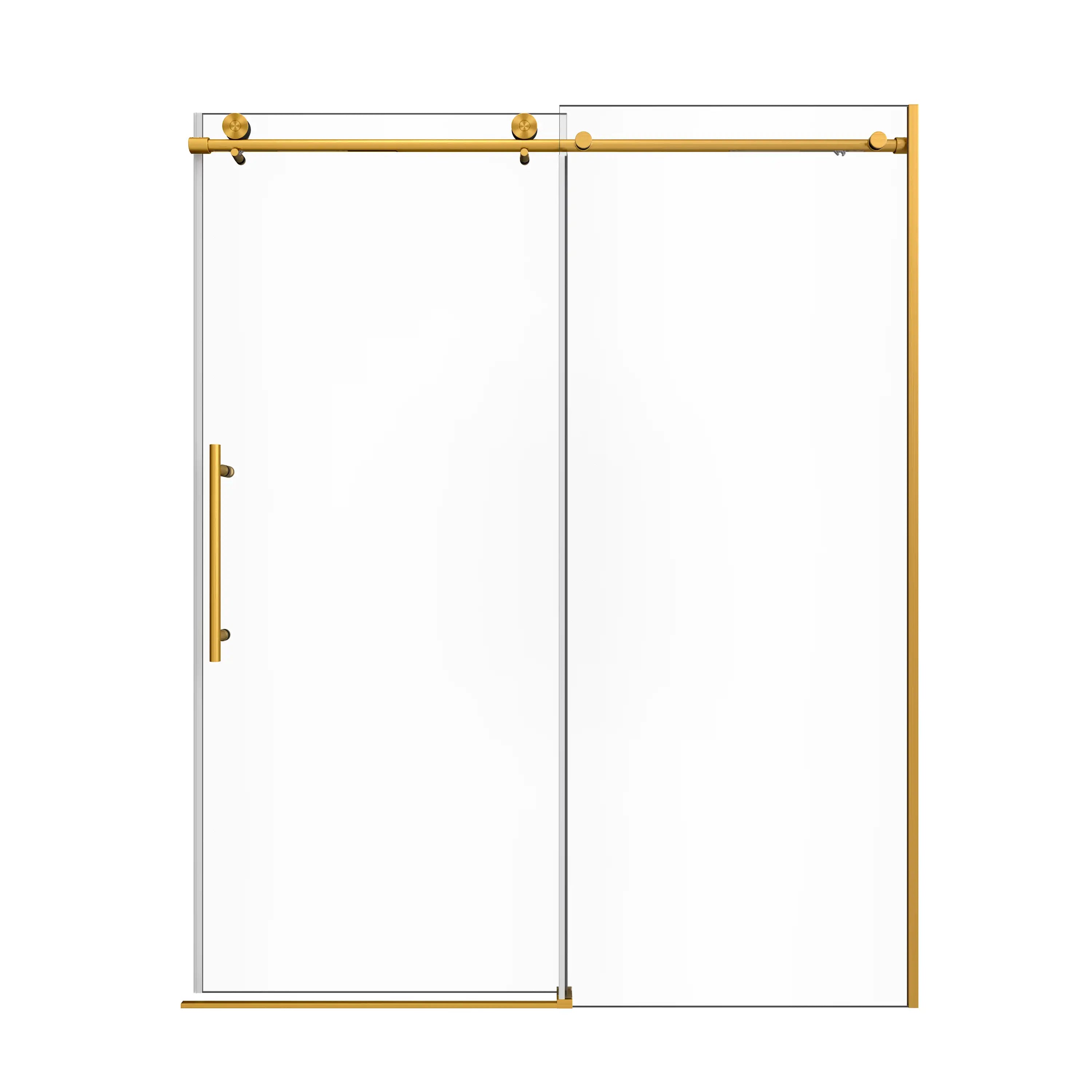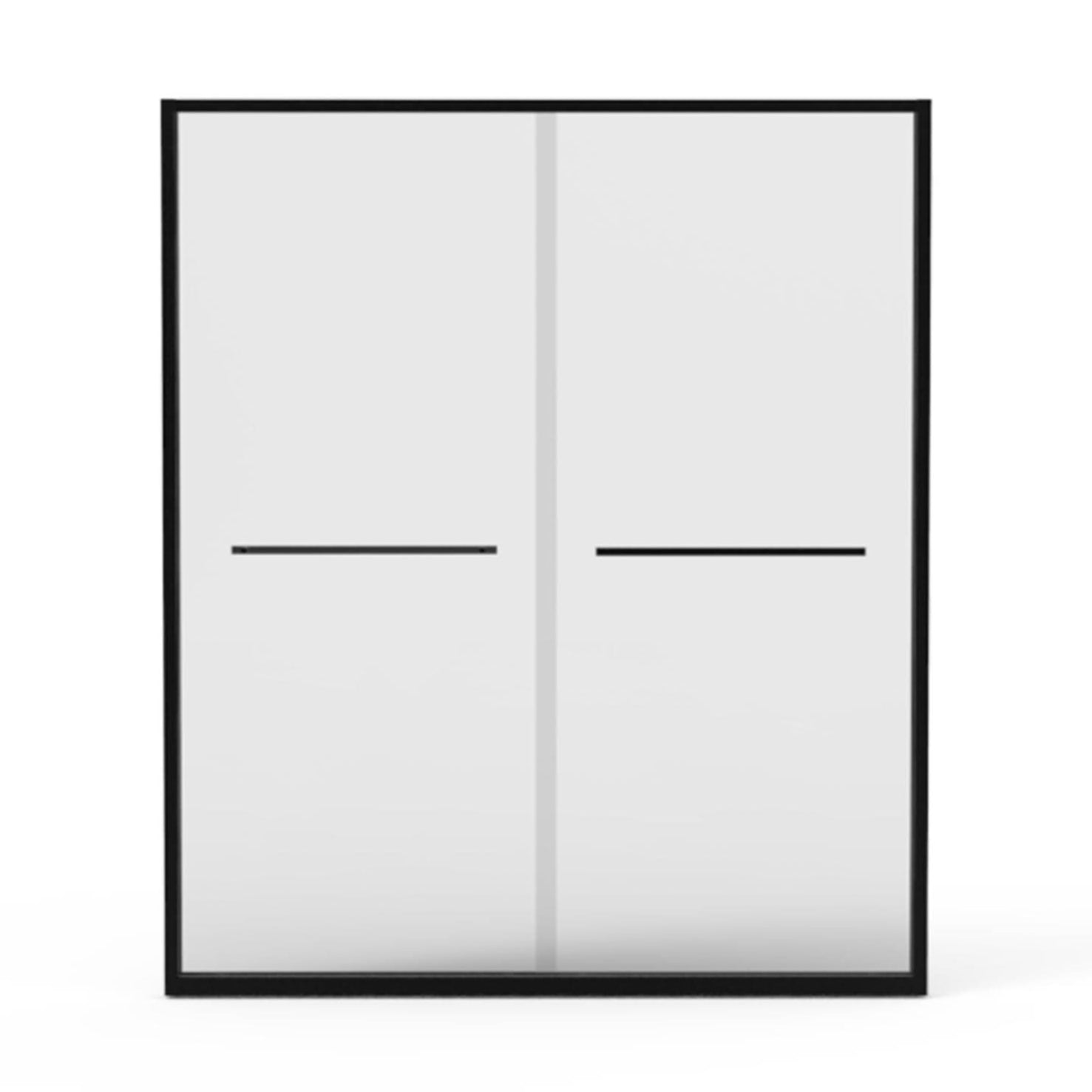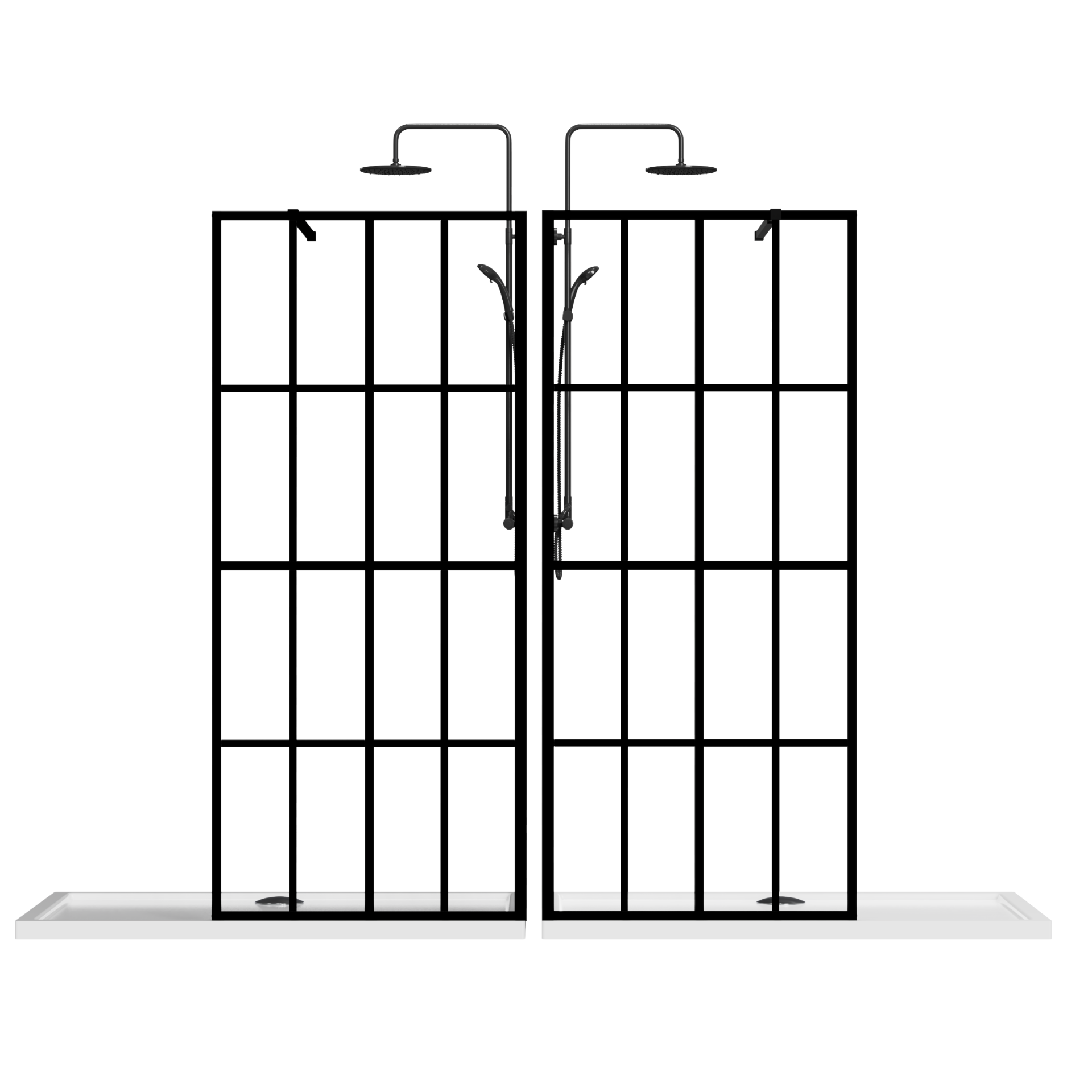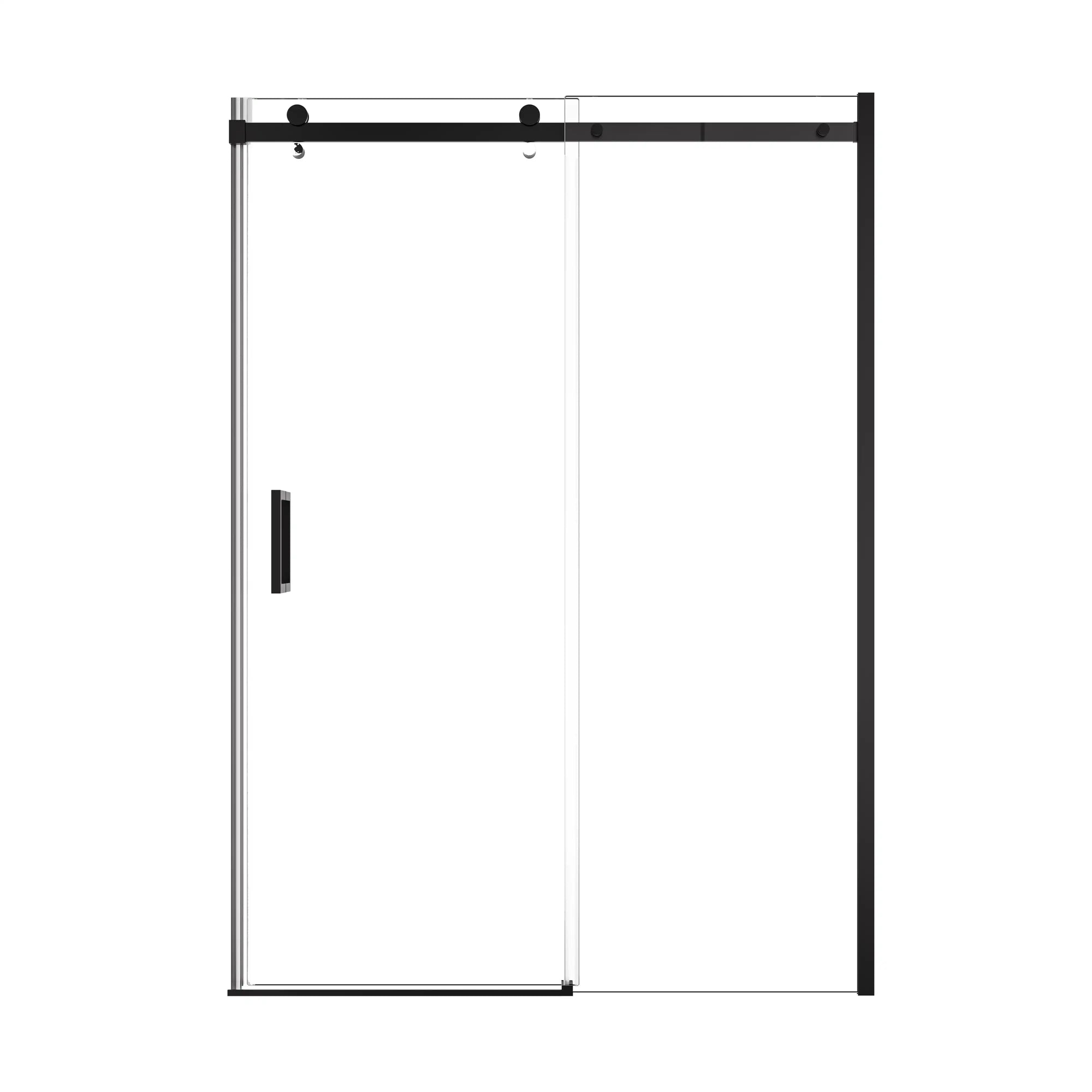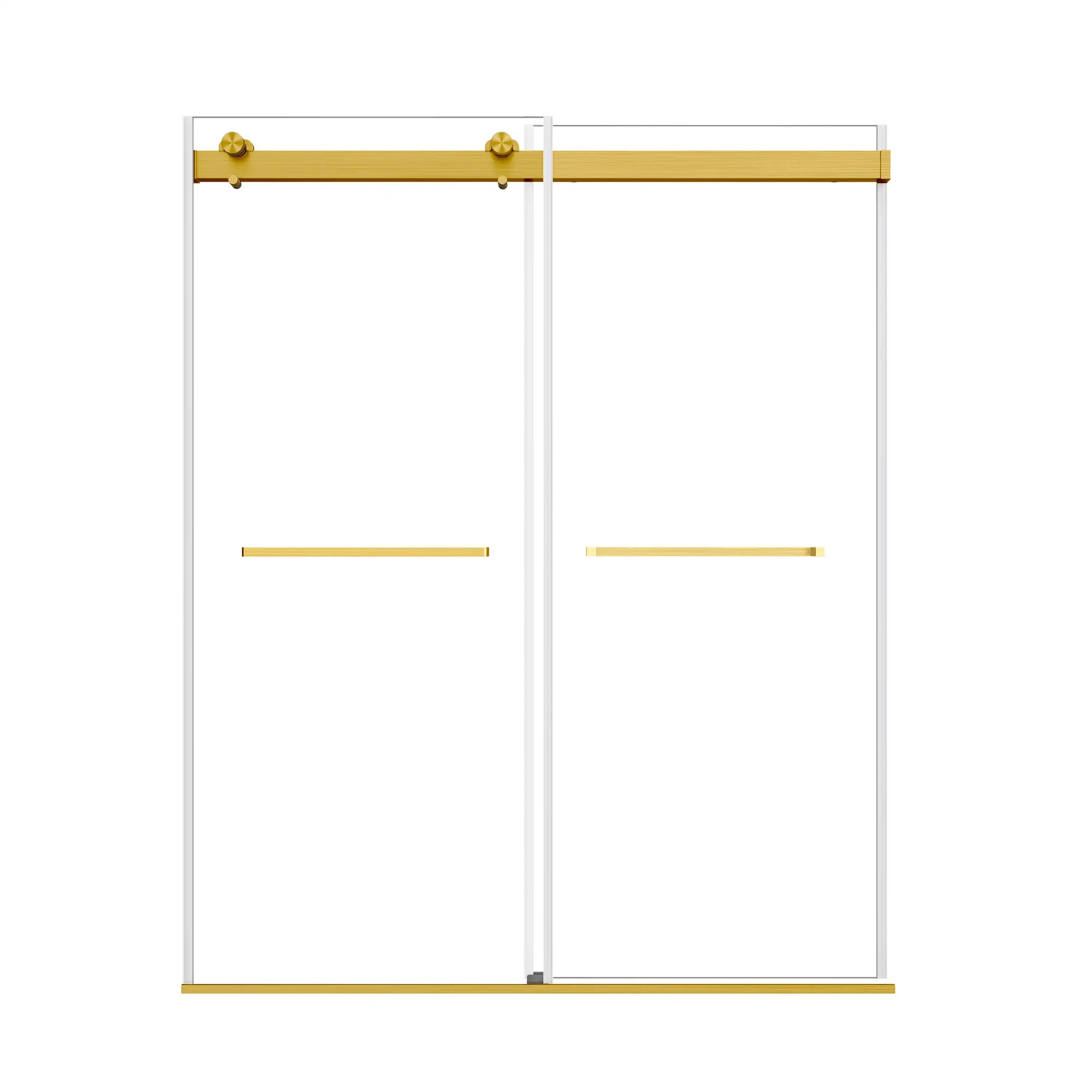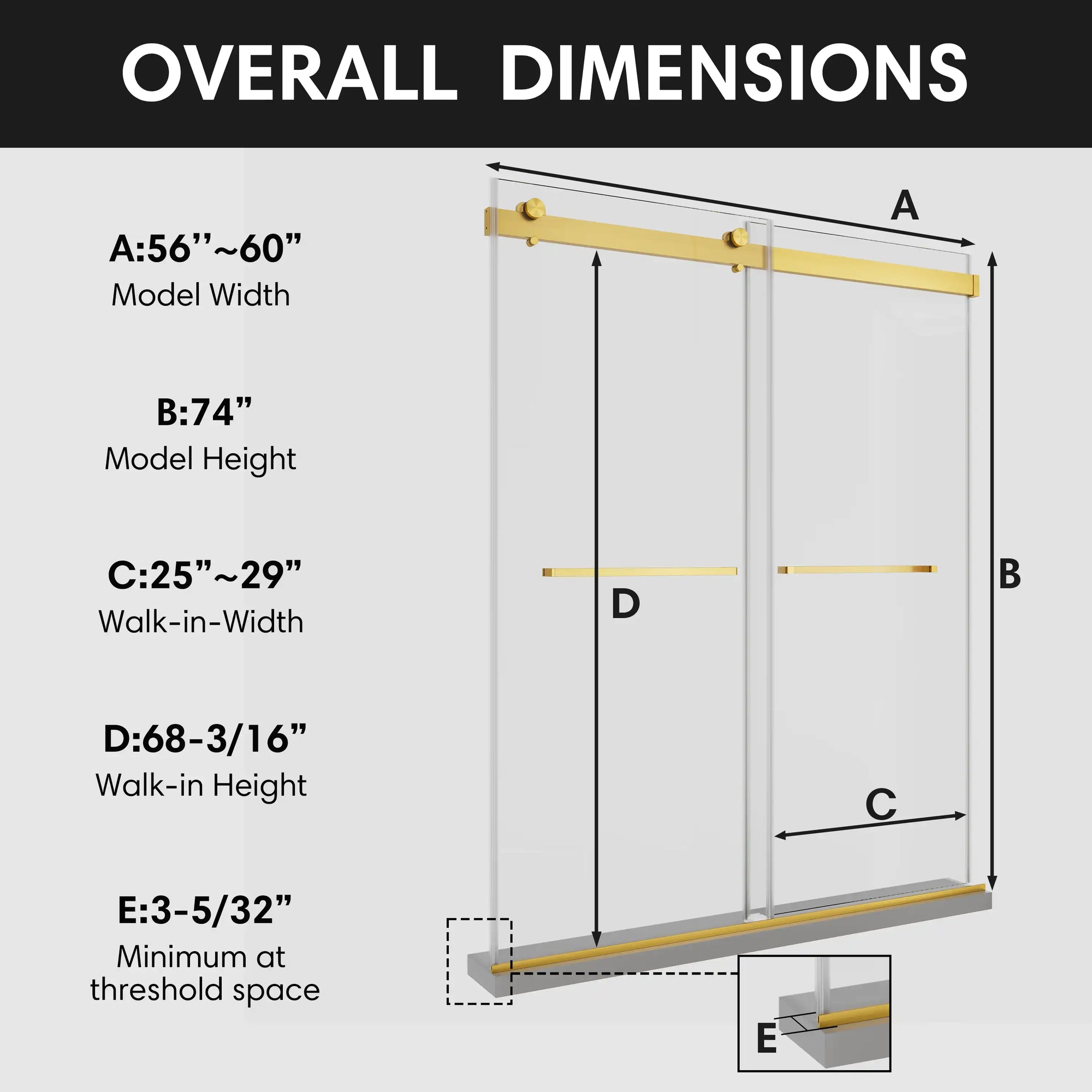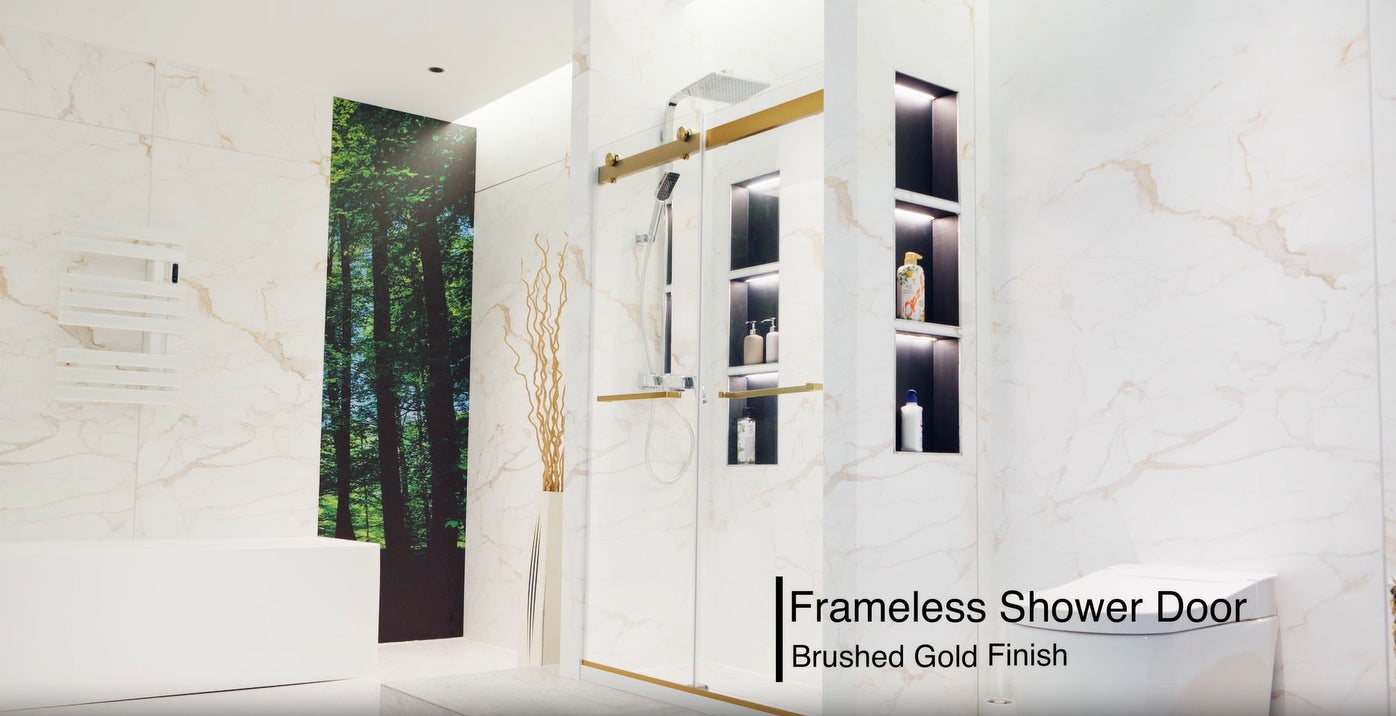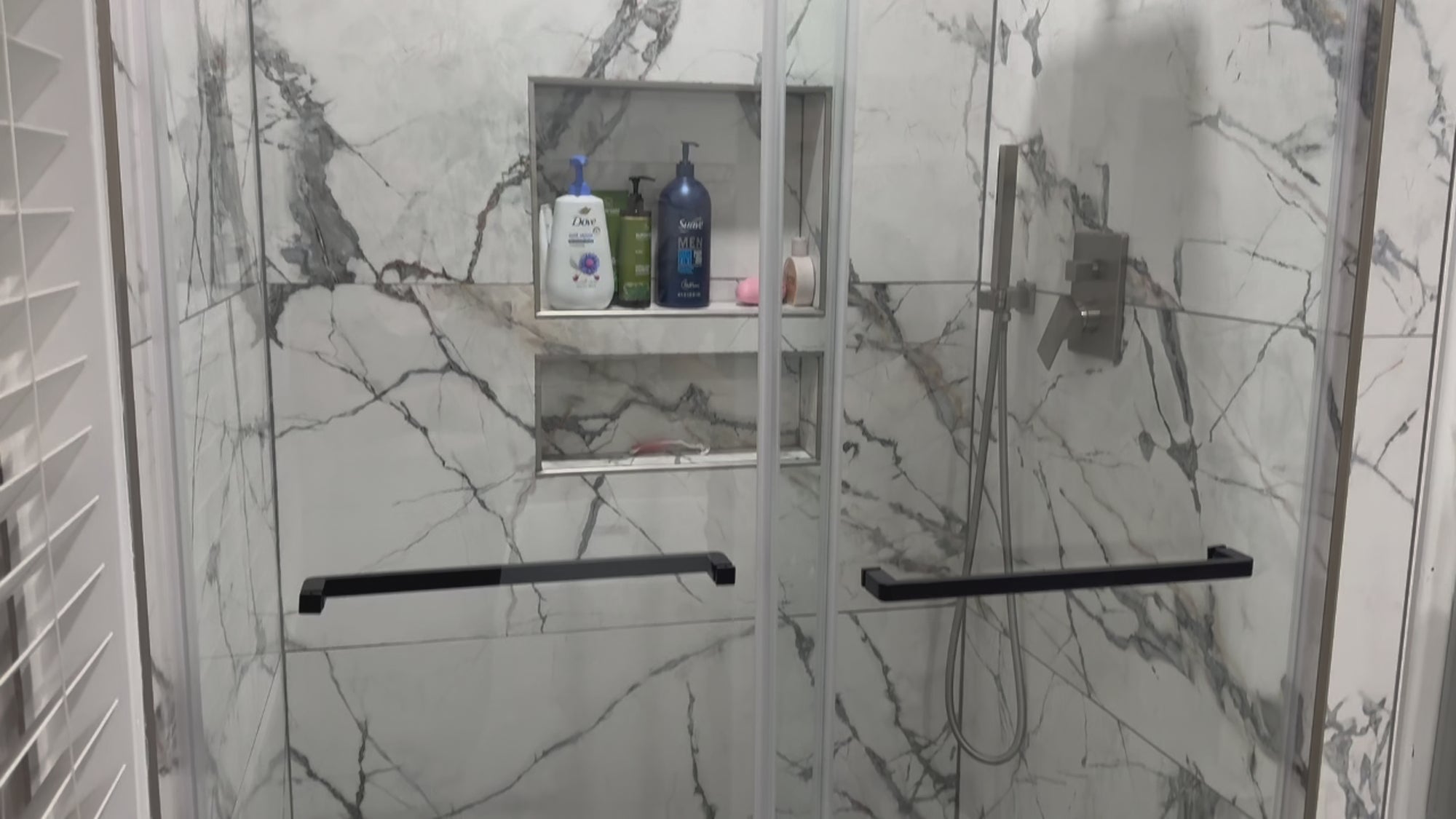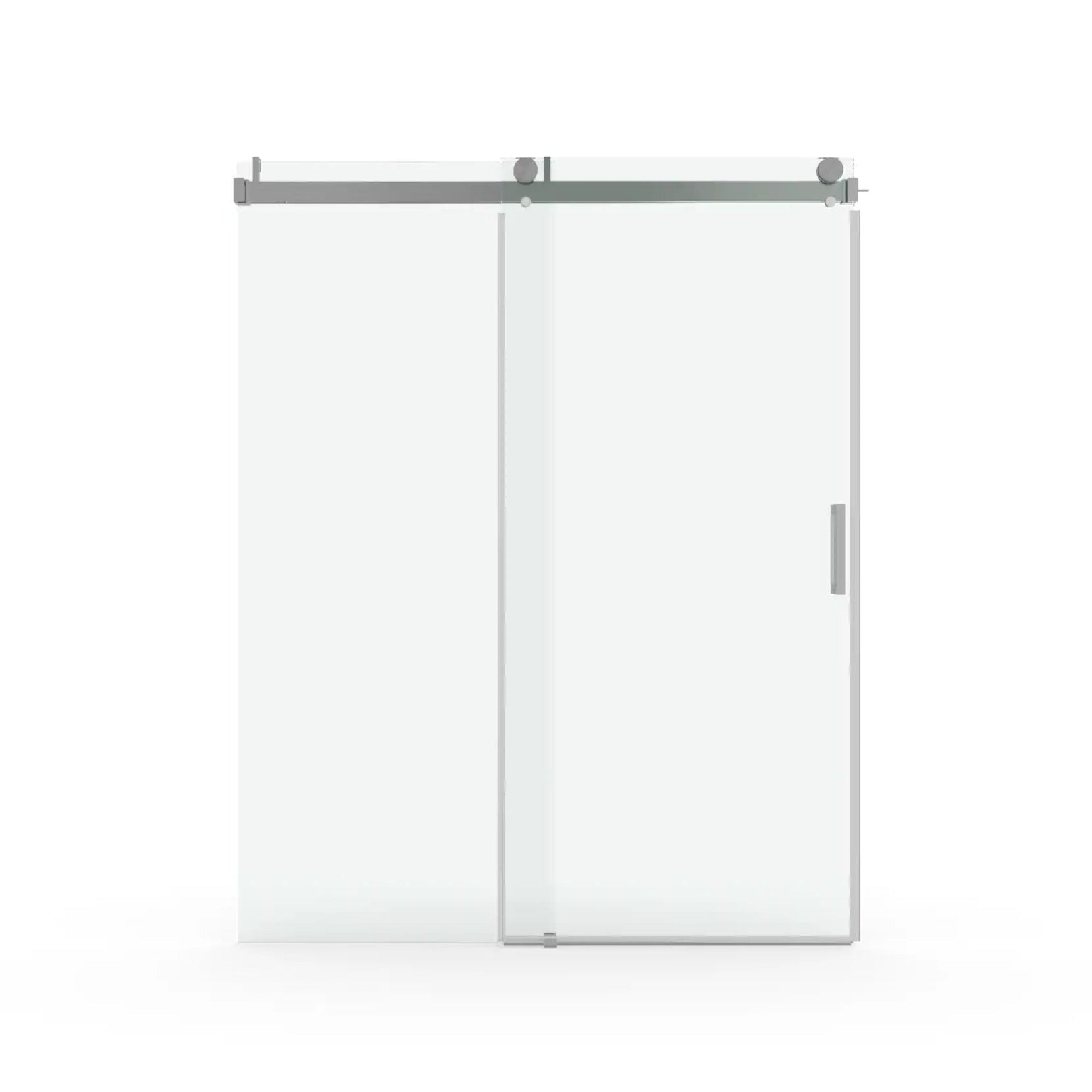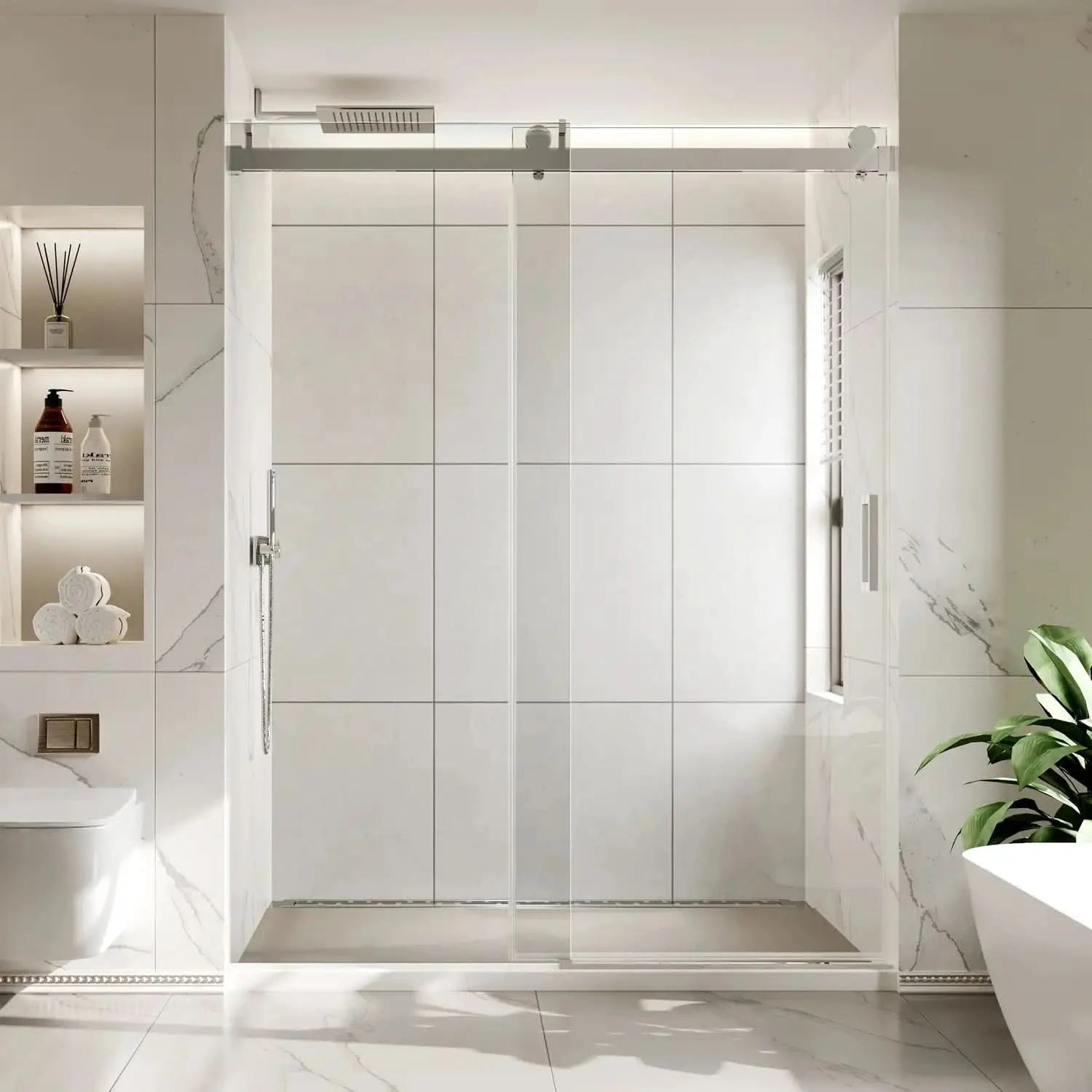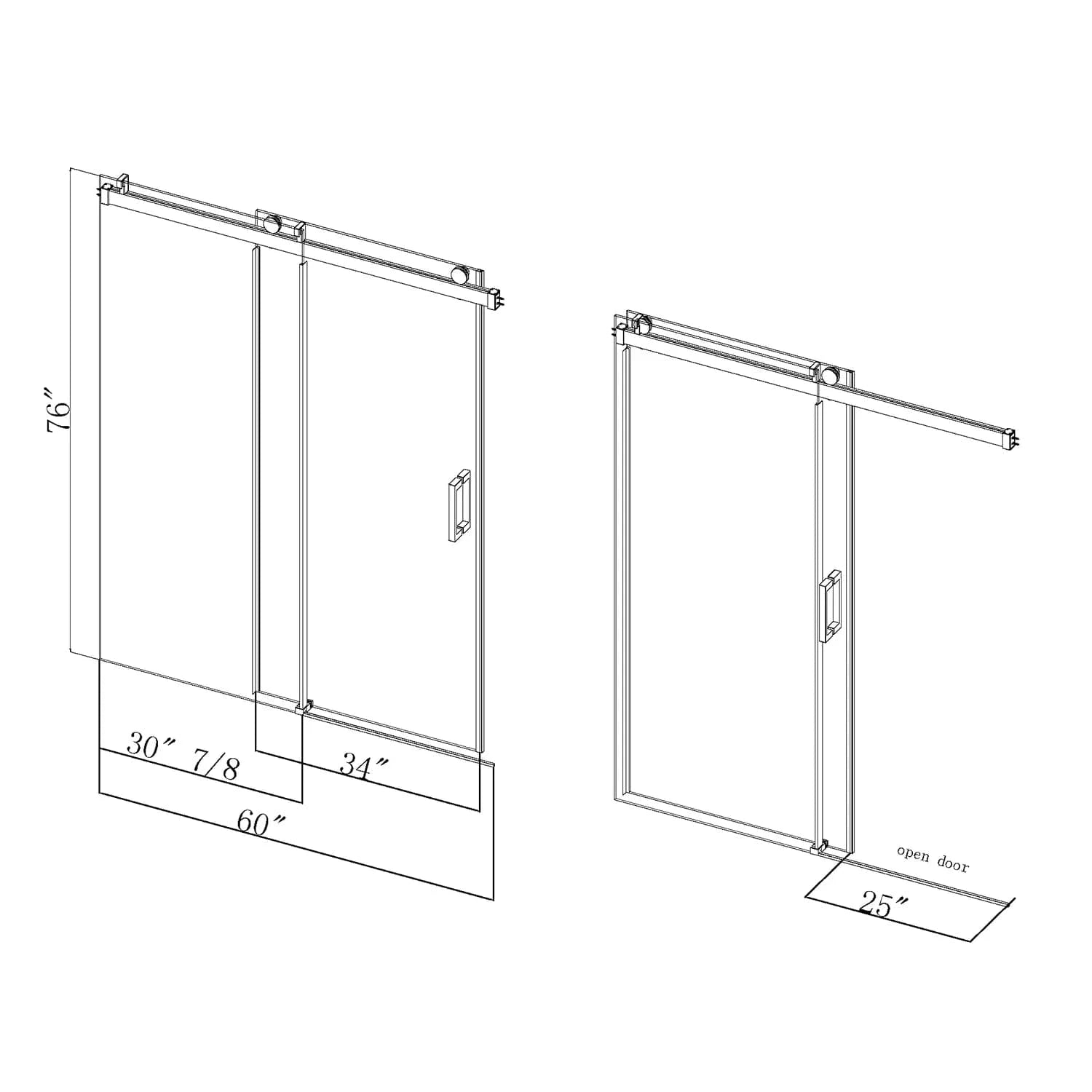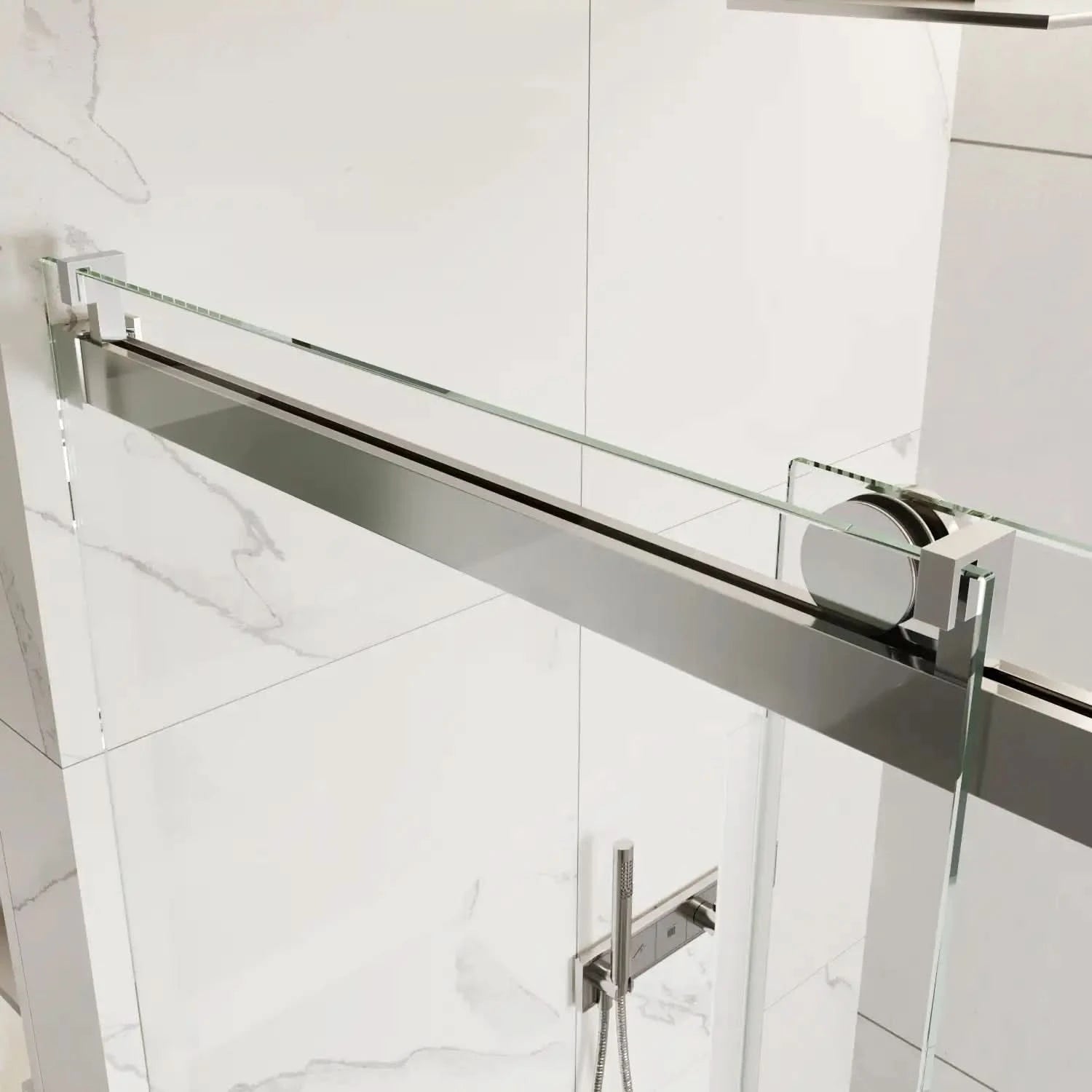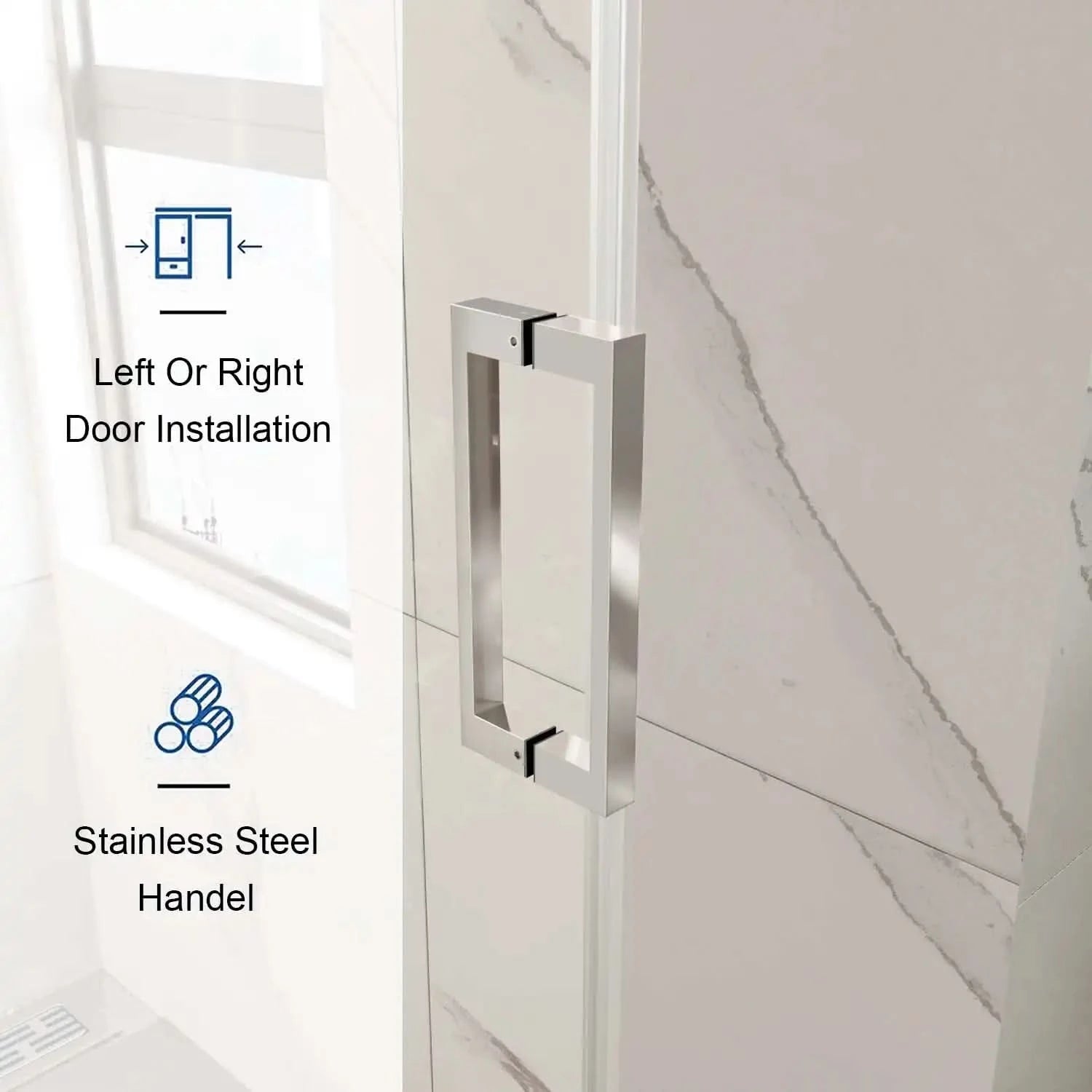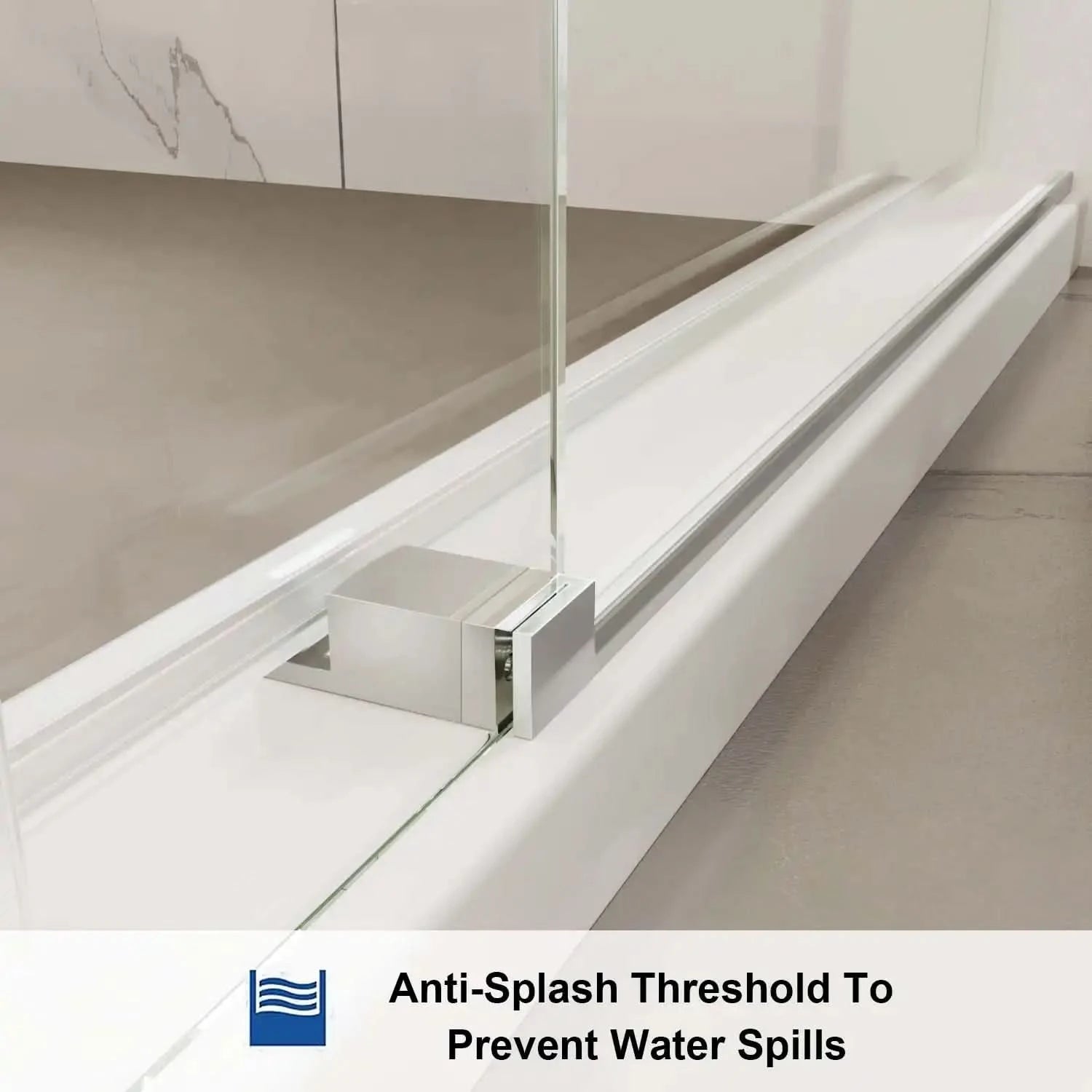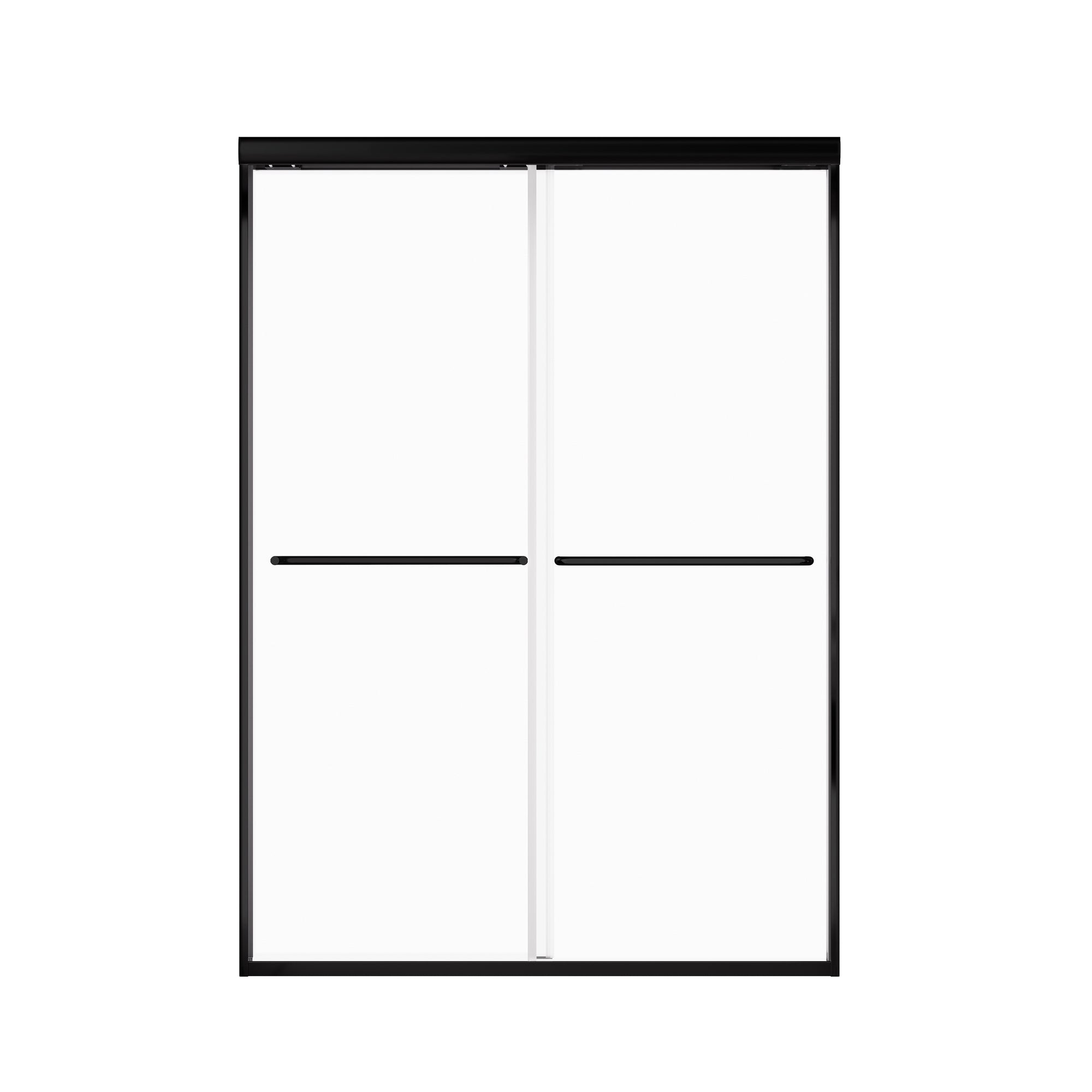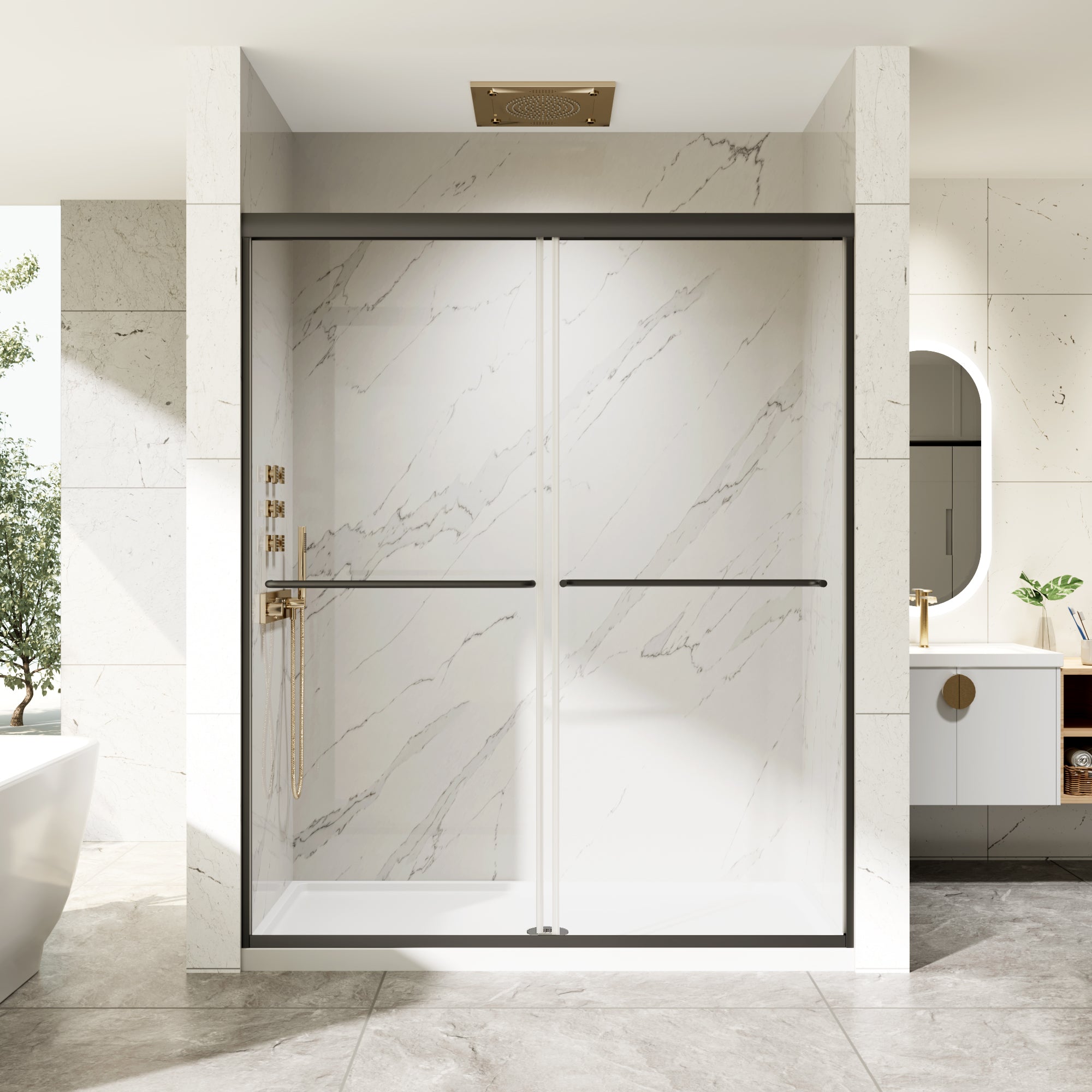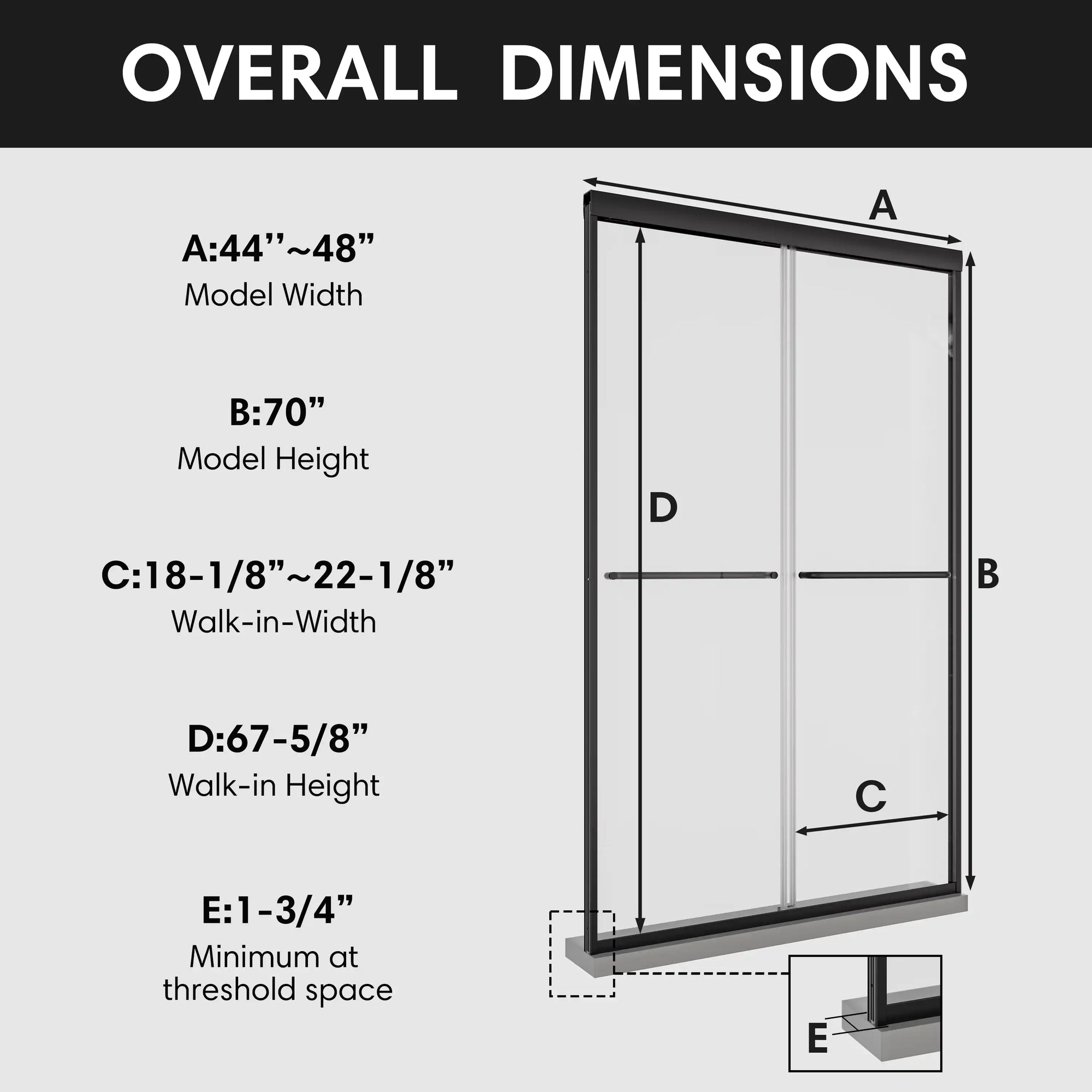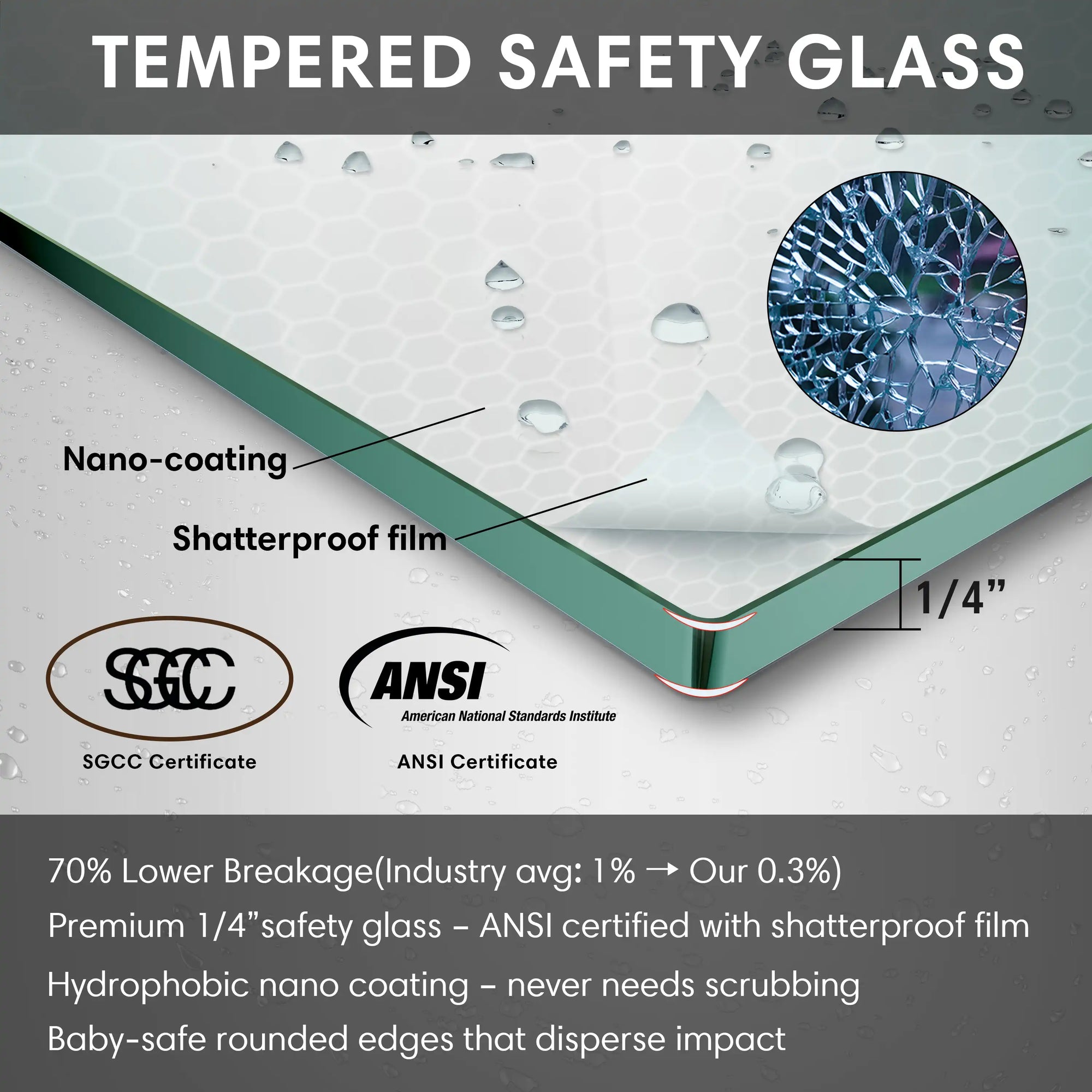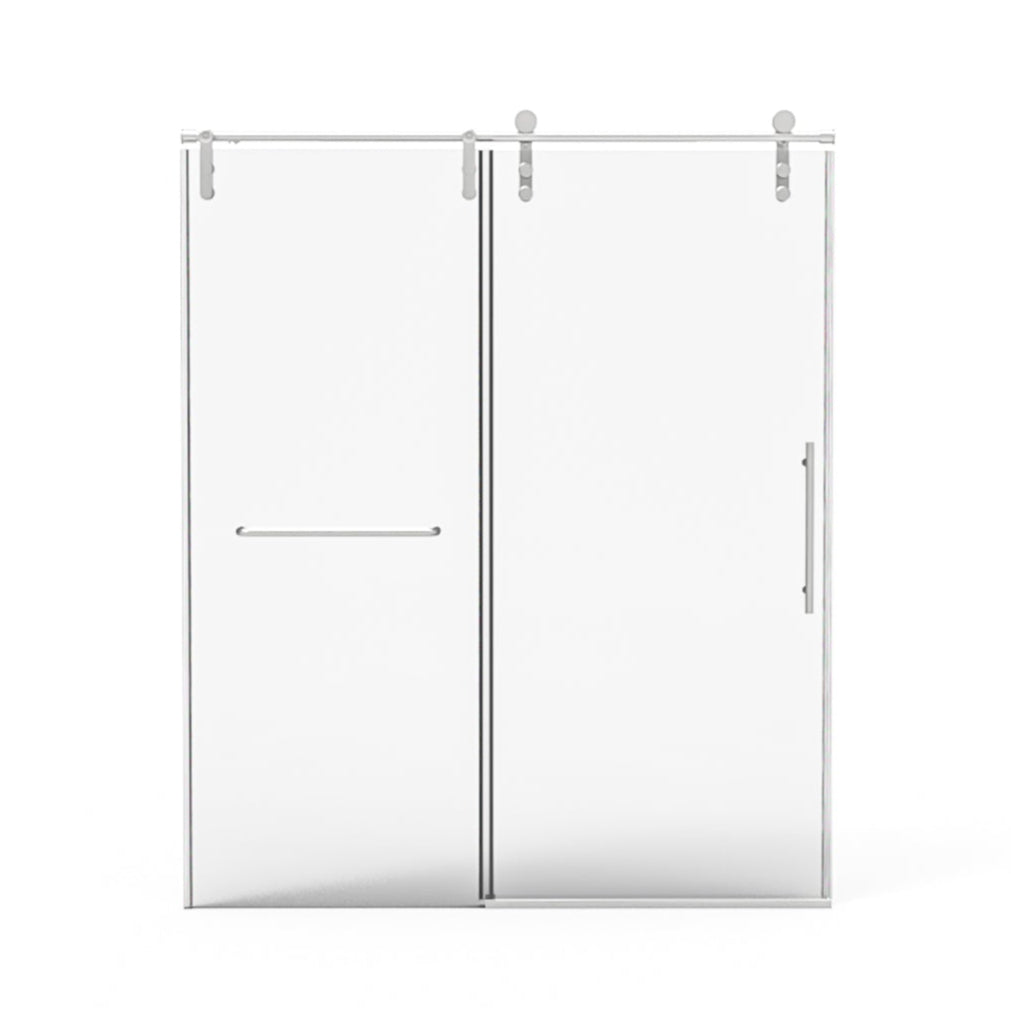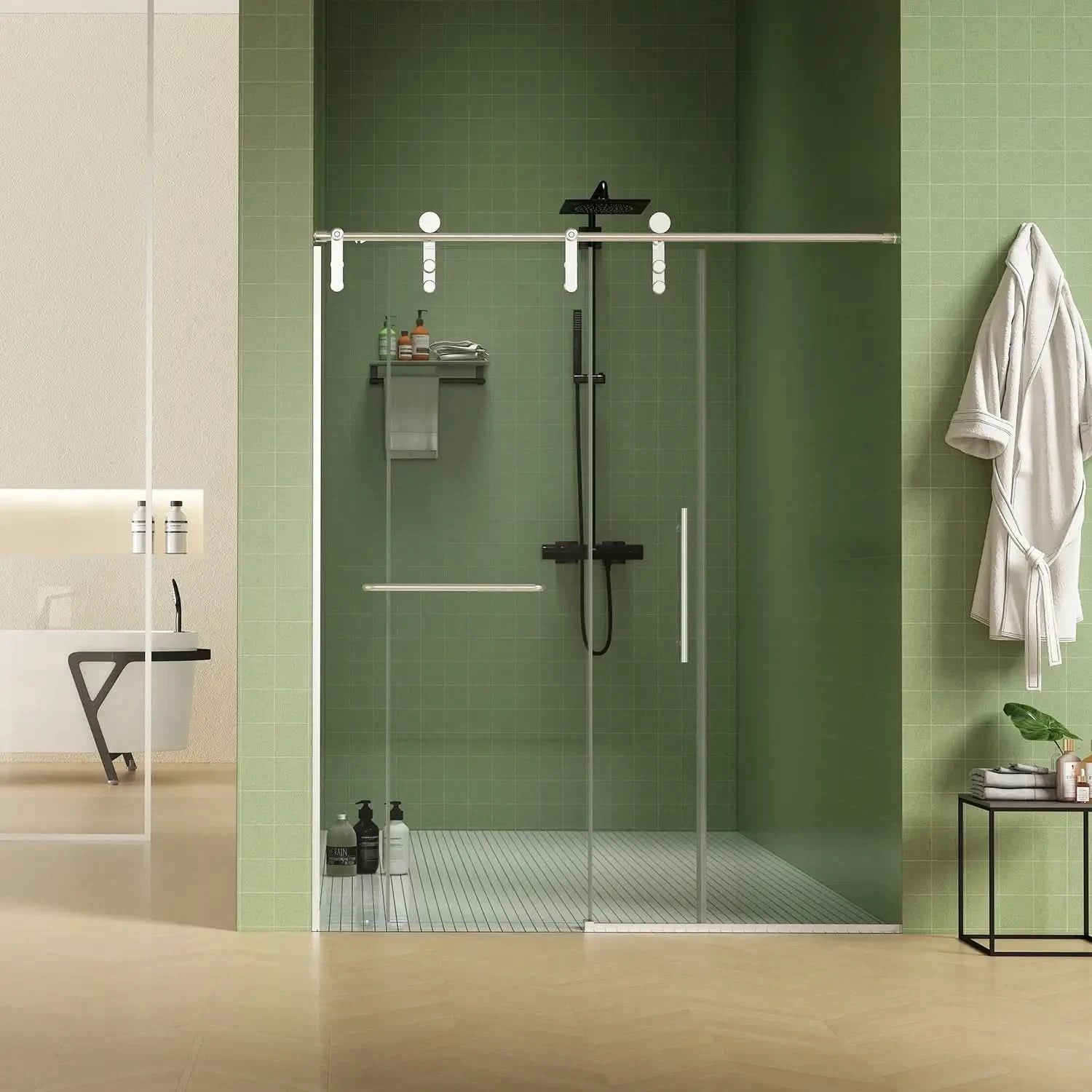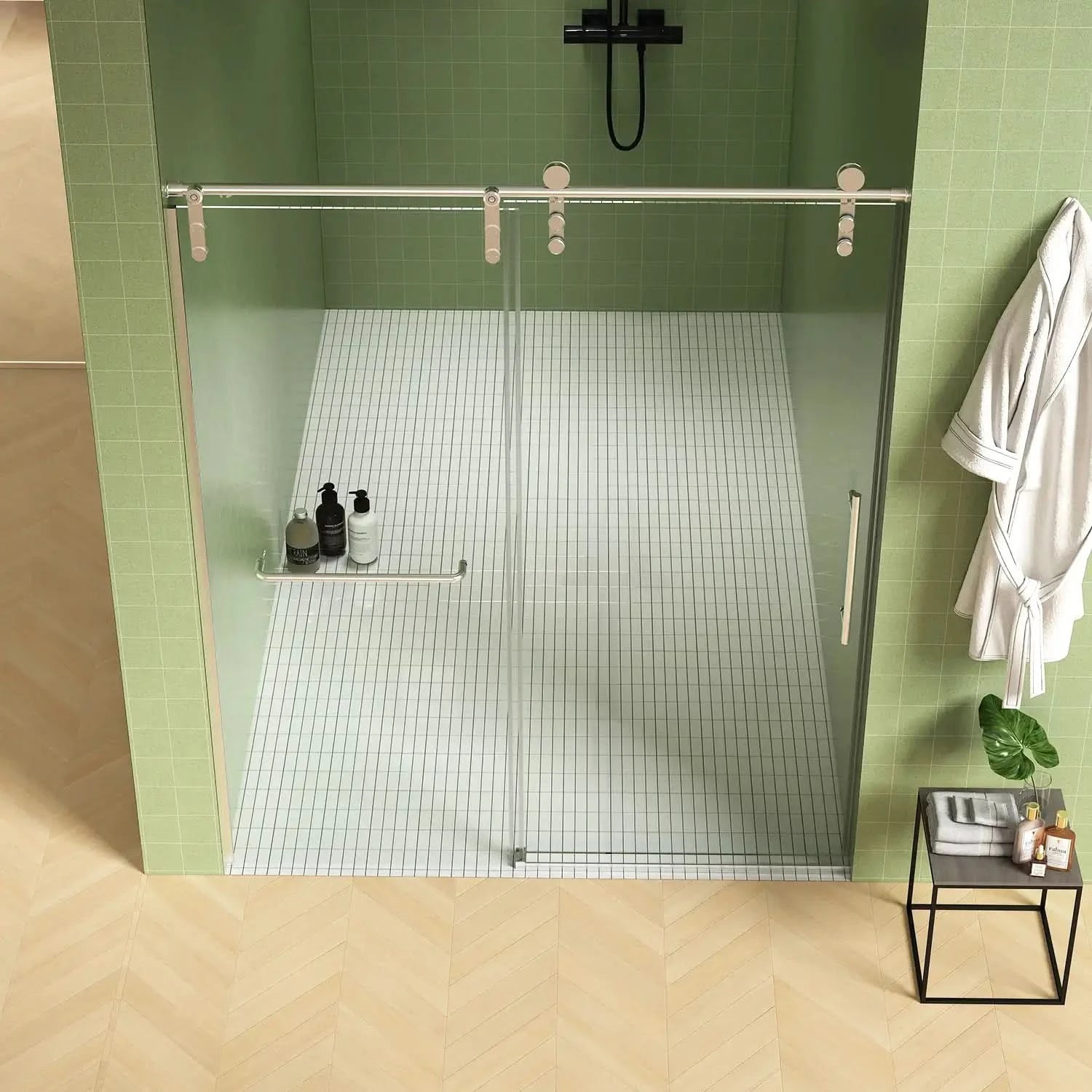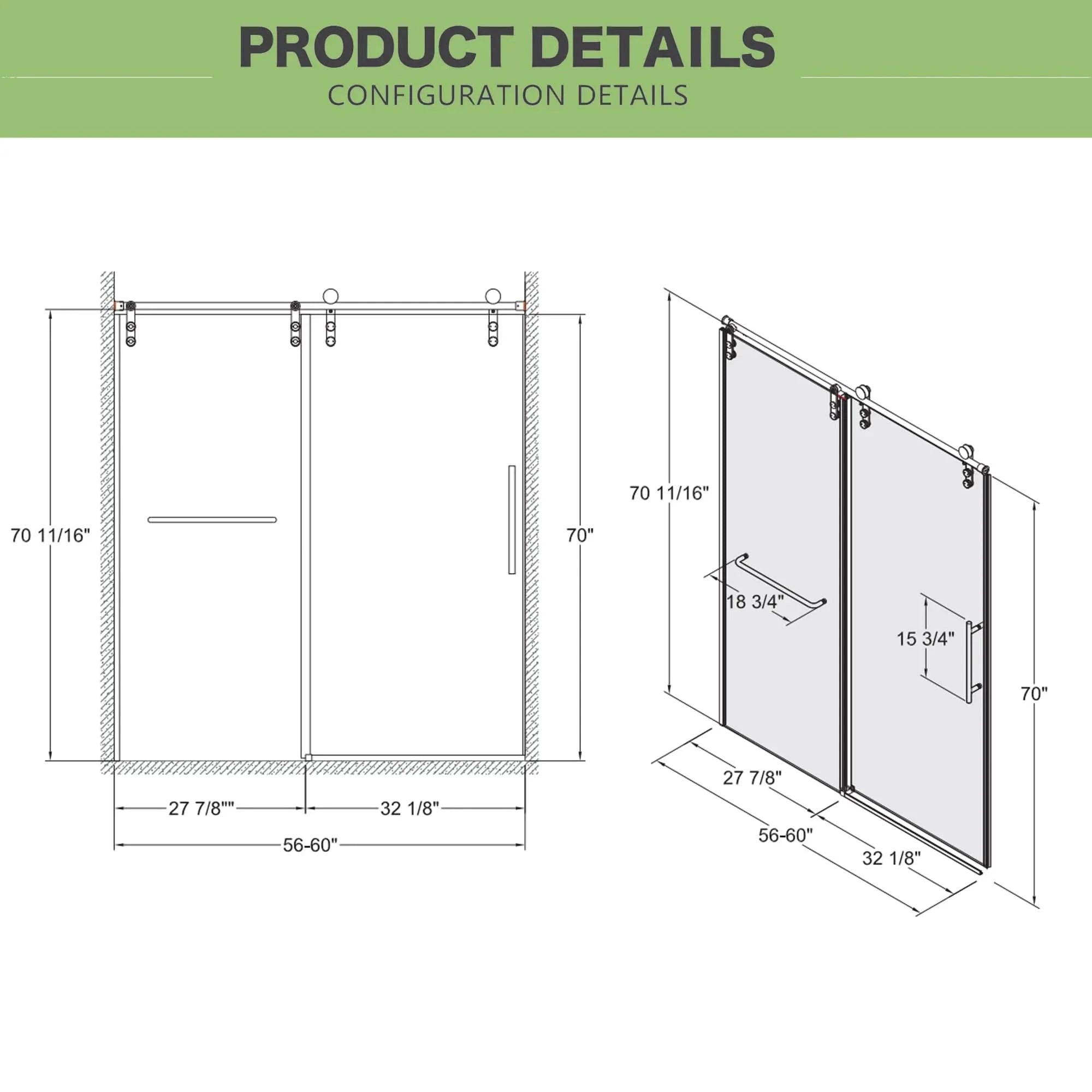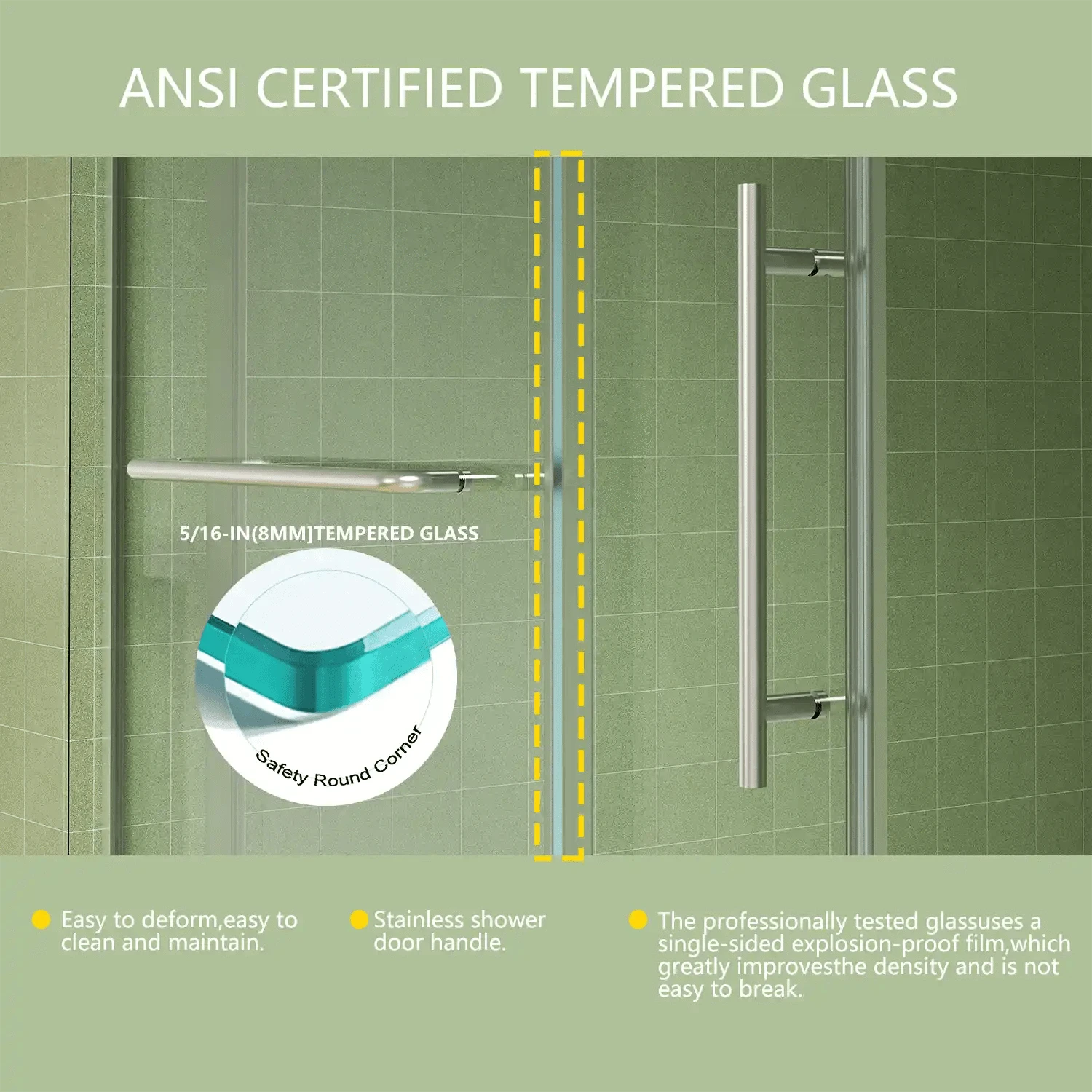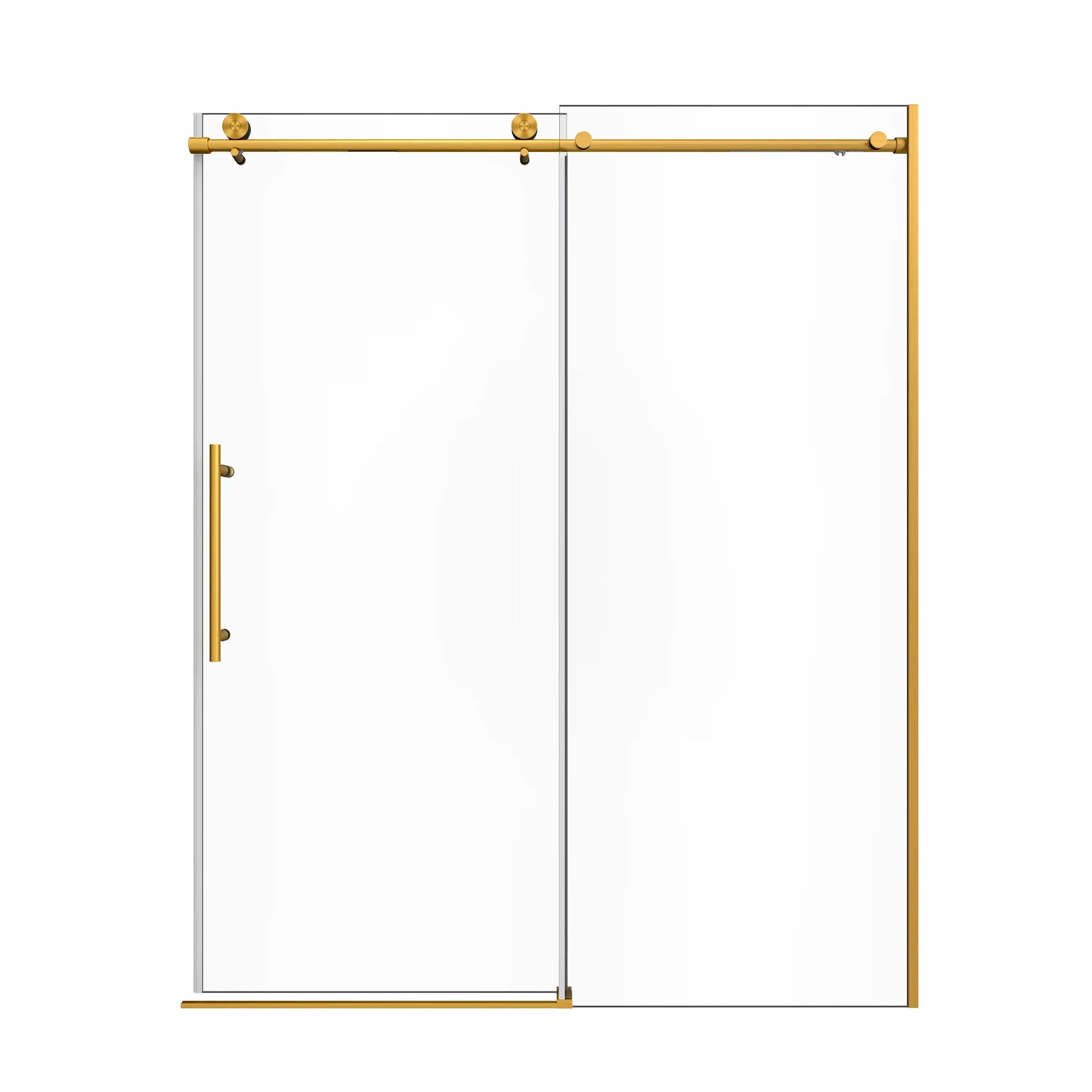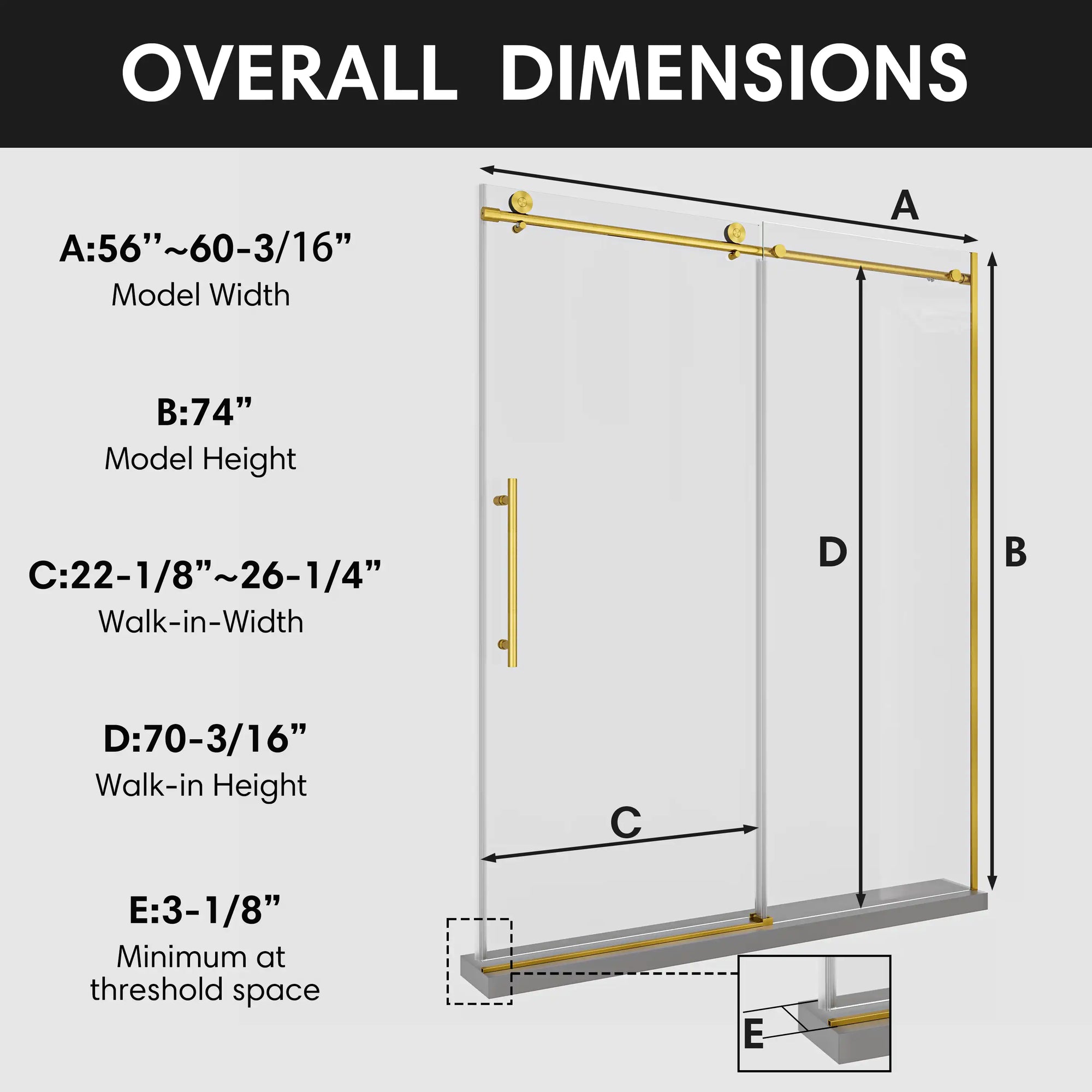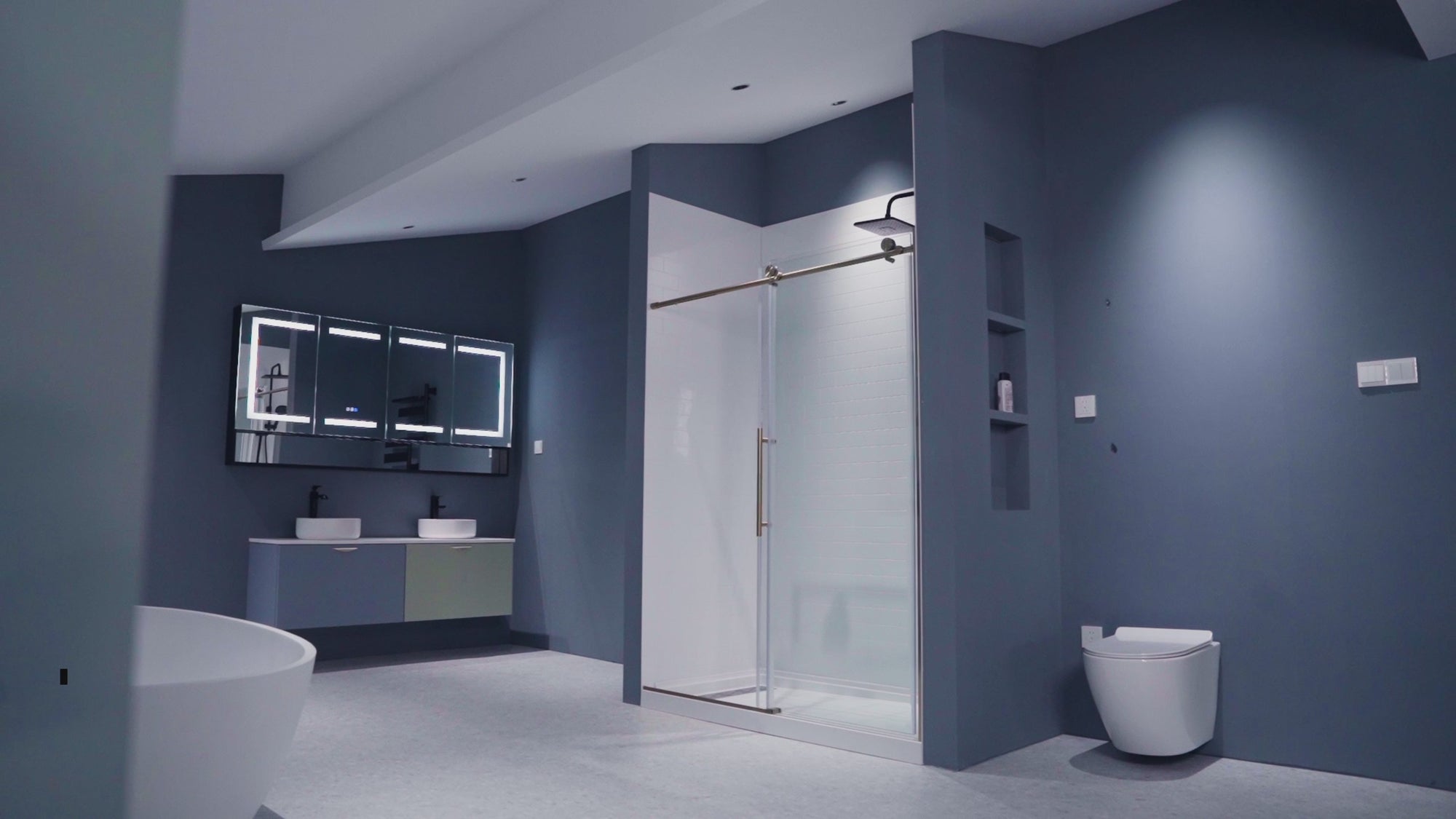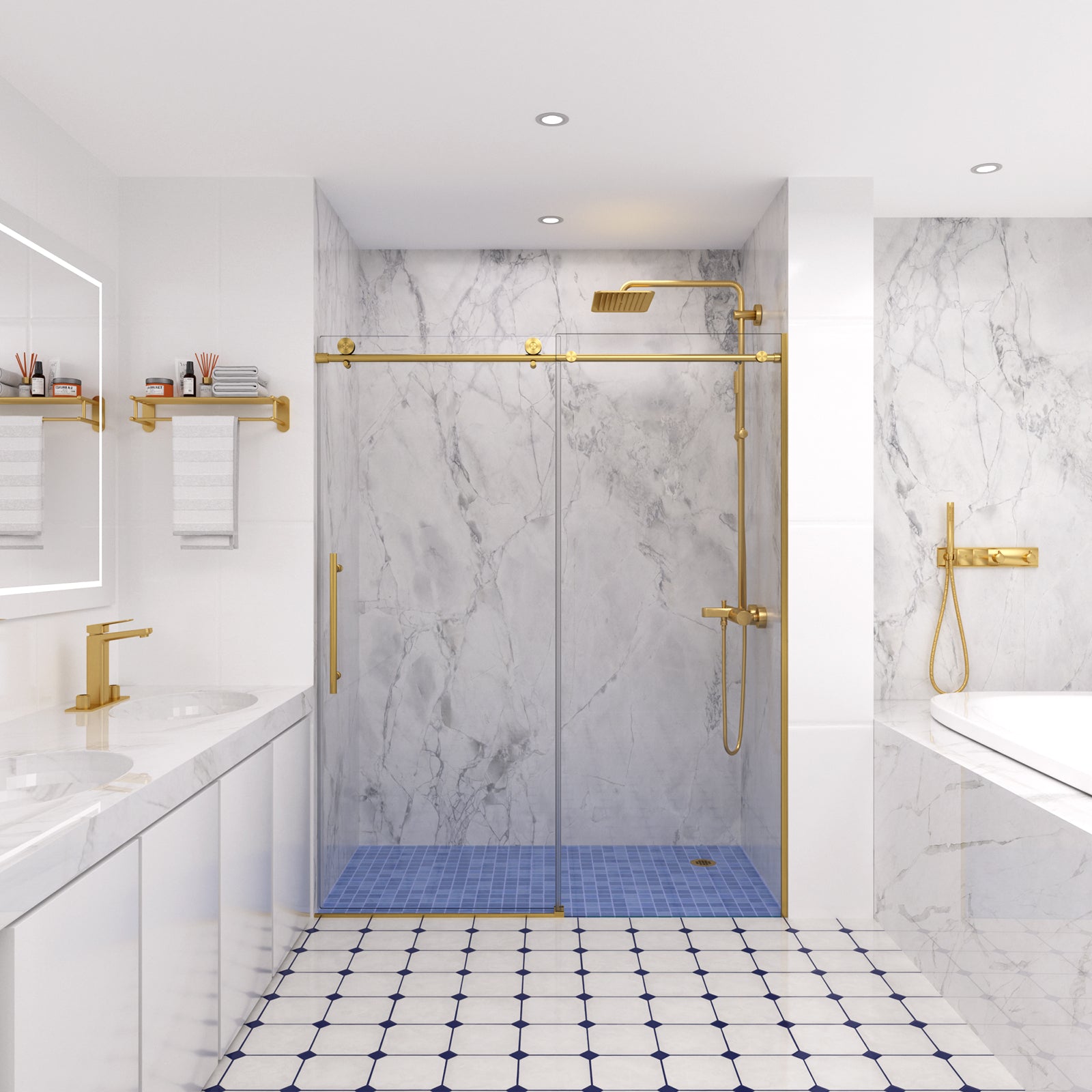Table of Contents
- Why So Many Homeowners Choose to Replace a Bathtub With a Shower
- How Much Does It Cost to Replace a Bathtub With a Shower?
- Choosing the Right Shower Setup When Replacing a Bathtub
- Best Products to Use When You Replace a Bathtub With a Shower
- Expanded FAQ
- Is Replacing Your Bathtub With a Shower Worth It?
- Related Articles
Over the years, I've helped many homeowners plan bathroom upgrades—especially those looking for practical improvements without diving into a full remodel. One question comes up again and again: whether it makes sense to replace a bathtub with a shower, and what the project actually involves.
If you're planning a refresh and want a cleaner, safer, more modern space without overextending your budget, this guide walks through the key decisions you'll make along the way. I'll cover the questions people frequently search online, real-world cost ranges, installation steps, and the options that typically deliver the best long-term value.
Why So Many Homeowners Choose to Replace a Bathtub With a Shower
Upgrading from a tub to a shower has become one of the most common partial renovation projects—and the reasons go well beyond aesthetics. When you replace a bathtub with a shower, you're making a practical improvement to the way the space functions every day. The change impacts how the room feels, how easy it is to maintain, and how safely it can be used by everyone in the household.
Below are the benefits homeowners consistently mention when planning or completing this upgrade.
1. Improved Accessibility and Everyday Safety
Stepping over a tall tub apron may seem harmless, but it's one of the most frequent points of instability in a bathroom. A walk-in shower removes that barrier and creates a smooth, predictable entry.
What often surprises people is how much this small change impacts daily comfort—especially for morning and nighttime routines.
Beyond easier access, switching to a shower allows you to incorporate features such as:
- Tempered safety glass, which reduces injury risk if breakage occurs
- Soft-close or anti-jump rollers, preventing sudden door movement
- Low-profile or barrier-free pans, ideal for aging-in-place
- Optional grab bars or slip-resistant flooring without compromising style
When homeowners tell me they want to "future-proof" their space or make daily use more comfortable, this upgrade is almost always at the top of the list.
2. A More Open, Brighter, and Contemporary Look
Most 1990s–2000s suburban homes were designed with large alcove tubs that take up far more space than necessary. Replacing a tub with a shower instantly makes the room feel bigger, brighter, and more modern—especially when paired with a glass panel door or matte-black framing.
A shower creates:
- More visual depth, especially with clear glass
- Better natural and artificial light distribution
- Cleaner sightlines, making the room feel less cluttered
- A more cohesive modern style, especially with matte black or brushed nickel hardware
Even without changing the flooring or lighting, the bathroom often feels completely renewed once the tub is removed.
3. Faster, Lower-Disruption Remodeling With Better Budget Control
One of the strongest reasons homeowners choose to replace a tub with a shower is the predictability of the project. Unlike full remodels—which may require reframing, rerouting plumbing, or major tile work—most tub-to-shower conversions follow a straightforward sequence.
Advantages include:
- Shorter project timelines—often 1–2 days for installation
- Minimal demolition, reducing dust and noise
- Lower risk of unexpected issues behind the walls
- Plenty of DIY-friendly options that help keep labor costs down
Using a prefabricated shower pan and a fixed glass panel, for example, is one of the most cost-efficient ways to get a clean, modern shower without sacrificing durability or long-term performance.
4. Strong Appeal for Future Buyers and Long-Term Value
Even if you're not planning to sell soon, replacing a tub with a shower tends to be a smart long-term decision. Modern buyers often prioritize functionality, cleaner aesthetics, and safety—three things a well-designed shower provides.
Key value considerations:
- Showers are preferred in many primary bathrooms, especially smaller layouts
- A clean, updated shower signals a well-maintained home
- As long as the house still has one bathtub, family buyers remain fully interested
- Neutral, high-quality finishes age well, extending the lifespan of your upgrade
In many cases, this single project becomes the highest-impact improvement a homeowner makes before listing their property.

How Much Does It Cost to Replace a Bathtub With a Shower?
Cost is one of the first questions homeowners ask, and it's an important part of planning a successful project. In most cases, the total cost to replace a bathtub with a shower falls between $1,500 and $8,000+, but the range varies based on materials, plumbing conditions, and the type of shower setup you choose. Beyond the surface-level numbers, there are several practical factors that shape the final price and the overall experience of the renovation.
Below is a deeper look at what influences the cost and how each choice affects both your budget and the long-term durability of your upgrade.
| Cost Component | Typical Cost Range | Details |
|---|---|---|
| Demolition & disposal | $200–$500 | Removing the existing tub usually takes one to two hours. Fiberglass tubs are easier and cheaper to dispose of than cast iron, which may require cutting tools and extra labor. |
| Shower pan or base | $150–$800 | Prefabricated pans are the most budget-friendly option. Tile bases cost more and require professional installation, but offer greater customization. |
| Wall materials (PVC, composite, tile) | $300–$2,500 | PVC and composite panels are cost-efficient and easy to maintain. Tile offers a premium look but increases labor cost due to waterproofing and grouting. |
| Shower door (panel, sliding, or hinged) | $350–$1,400+ | Fixed panels tend to be the most economical. Sliding doors fall in the midrange. Hinged doors, especially frameless ones, usually sit at the higher end of the budget. |
| Plumbing adjustments | $150–$600 | Pricing varies based on whether your valve needs updating, if the drain has to be repositioned, or if older pipes need replacement. |
| Professional installation | $300–$1,500 | Straightforward conversions cost less. Projects involving tile, niche construction, or plumbing rerouting typically fall on the higher side. |
What Actually Drives the Price Up (or Down)?
Even when two bathrooms appear similar, their total project cost can vary significantly. These are the most influential factors:
1. Condition of existing plumbing
Older homes or previously DIY-modified tubs may require valve updates, new supply lines, or drain alignment adjustments.
2. Type of shower door
A simple fixed glass panel is usually the most cost-effective. Sliding doors cost more due to additional hardware and track engineering. Frameless hinged doors are considered premium.
3. Wall finish
- Panels: faster installation, lower cost, minimal maintenance
- Tile: higher labor cost, longer installation, more customization
4. Whether the shower footprint changes
Keeping the shower in the original tub footprint is the cheapest path. Expanding or moving the shower requires more demolition and possibly plumbing relocation.
Budget Tiers: What You Can Expect at Different Price Points
This is the part most homeowners find extremely helpful—understanding what a realistic project looks like in different budgets.
Budget-Friendly Upgrade
A clean, practical way to replace a bathtub with a shower without overextending your budget.
- Prefab shower pan
- PVC or composite wall panels
- Fixed glass panel or basic sliding door
- Minimal plumbing updates
- Mix of DIY work and light professional help
Best for: quick refreshes, rental properties, and secondary bathrooms where you want a simple, reliable upgrade.
Mid-Range Upgrade
A balanced option that combines better finishes, stronger hardware, and full professional installation.
- Higher-quality shower pan or entry-level tile base
- Composite or upgraded wall panel system
- Mid-range sliding or hinged shower door
- Updated plumbing fixtures and trims
- Professional installation from start to finish
Best for: main bathrooms where you want a noticeable upgrade in look and feel, plus dependable long-term performance.
Premium Upgrade
A full transformation that treats the new shower as a long-term investment in comfort, style, and resale appeal.
- Custom tile base and fully tiled shower walls
- Frameless hinged or premium sliding glass door
- Built-in niches, bench seating, or custom storage
- Comprehensive waterproofing and premium hardware
- Detailed finishing for a showroom-level result
Best for: long-term homes and full design upgrades where you want your new shower to be the highlight of the bathroom.
Hidden Costs to Keep in Mind
A few factors may increase the final project cost, depending on the condition of your existing bathroom:
- Water damage behind the old tub
- Subfloor repairs in moisture-prone areas
- Updating non-compliant plumbing or electrical work
- Custom-fitting a shower door when the alcove isn't perfectly square
These aren't major obstacles, but they're worth planning for during budgeting.
Regional and Labor Cost Differences
Labor rates vary widely, and in many metro and coastal regions, costs run higher due to licensing requirements and contractor demand.
Choosing installation-friendly components—such as fixed glass panels, prefabricated pans, and simple wall panel systems—can help control project hours and reduce overall labor cost.
How to Keep the Project Cost-Effective
If you're aiming for predictable results without overspending, these strategies consistently help:
- Keep the shower footprint where the tub was
- Select a pre-fabricated base instead of a tile pan
- Use wall panels instead of full tile to reduce labor time
- Choose sliding or fixed glass panels over hinged doors
- Handle safe, simple tasks like demolition yourself
- Upgrade fixtures selectively rather than replacing everything
In most projects, these choices can lower the total cost by 20–40% while maintaining durability and function.
Choosing the Right Shower Setup When Replacing a Bathtub
Once you decide to replace a bathtub with a shower, one of the most important decisions is choosing the shower configuration that fits both your space and your daily routines. The right structure affects how the bathroom feels, how easy it is to clean, and how much long-term value the upgrade delivers. Below are the three setups most commonly used in tub-to-shower conversions, along with practical considerations that help narrow the choice.
Walk-In Shower With Sliding Door
A sliding-door walk-in shower is the most widely used format in tub-to-shower conversions. The doors move along a smooth track, making it ideal for bathrooms with limited space or layouts where outward door swing is not possible. It offers reliable water control and blends easily with both modern and transitional bathroom designs.

| Pros | Cons |
|---|---|
|
|
Fixed Panel Walk-In Shower
A fixed glass panel creates a clean, modern walk-in design with minimal hardware. This shower style opens up the room visually and installs quickly, making it one of the top choices for cost-efficient upgrades. With fewer moving parts, it is also easy to clean and maintain over time.

| Pros | Cons |
|---|---|
|
|
Hinged or Pivot Shower Door
A hinged or pivot door provides a solid, high-end feel and a wide, open entry. This format is common in premium bathroom upgrades and is especially effective when paired with thicker glass. It delivers a clean, frameless aesthetic but does require enough forward clearance for the door to swing open safely.

| Pros | Cons |
|---|---|
|
|
Which Setup Works Best When Replacing a Bathtub?
To make the decision easier:
- Choose sliding doors if you want reliability, water containment, and maximum space efficiency.
- Choose a fixed panel if you want modern simplicity, the fastest installation, and minimal upkeep.
- Choose a hinged door if your layout allows it and you want a premium, open-feel upgrade.
Each configuration works well in a tub-to-shower conversion—the best choice comes down to your layout, your maintenance preferences, and the overall style you're aiming for.
Best Products to Use When You Replace a Bathtub With a Shower
Selecting the right materials is one of the most important parts of a tub-to-shower conversion. The components you choose will determine not only how the shower looks on day one, but also how well it performs years down the road. Below are the product types that consistently offer strong reliability, clean aesthetics, and predictable installation results.
1. Tempered Safety Glass (5mm–8mm)
Tempered glass in this thickness range provides impact resistance, clarity, and long-term durability without making the door excessively heavy. Thinner panels are easier to install and work well for fixed screens, while thicker options create a more substantial feel for sliding or hinged systems. High-quality tempered glass also improves day-to-day visibility and helps keep the shower bright and open.
2. Matte Black or Stainless Steel Hardware
Modern shower hardware is engineered to be both structural and decorative. Matte black offers a bold, contemporary touch that pairs well with light-colored wall panels and stone patterns, while stainless steel remains a classic choice known for corrosion resistance and a clean, understated finish. Both options support stable mounting, reliable door movement, and long-term surface durability, even in high-moisture environments.
3. Prefabricated Shower Pans
A prefabricated base gives the new shower a controlled foundation with precise slopes for drainage and integrated surface protection. This eliminates many variables that come with building a tile pan from scratch and reduces the likelihood of water-related issues. The uniform surface also makes the shower easier to clean and helps installers achieve consistent alignment with doors and panels.
4. Easy-Clean Wall Panels
Wall panel systems provide a smooth, continuous surface that resists stains, mold, and mildew. Many options mimic tile or stone without the upkeep, making them ideal for homeowners seeking a refined look without the maintenance commitment. Panels also speed up installation because they eliminate grout lines and reduce the number of seams that need sealing. This simplifies future cleaning and contributes to better long-term moisture control.
5. Upgraded Shower Valves and Fixtures
Although often overlooked, replacing the valve and trim during the conversion helps ensure steady water pressure and smoother temperature control. Modern valve systems also offer quieter operation and compatibility with water-saving shower heads, giving the new shower a more polished, comfortable experience overall.
6. Stable Mounting Brackets and Reinforced Anchors
Strong mounting components provide the underlying support that keeps glass and panels secure. Reinforced brackets, stainless fasteners, and solid backing in the wall cavity help the shower resist movement, vibration, and long-term wear. These parts aren't visible, but they play a major role in how solid and reliable the finished shower feels.

Expanded FAQ — Real Questions Homeowners Ask Before Replacing a Bathtub With a Shower
How do I know if my bathroom is a good candidate for a tub-to-shower conversion?
How much disruption should I expect during the project?
Will the new shower require more maintenance than my current bathtub?
Do I need to move or update my plumbing during the conversion?
How do I choose the right shower door style for my bathroom layout?
Will replacing my tub with a shower hurt my home’s resale value?
What materials offer the best durability and long-term value?
Can I add grab bars or seating without making the shower look clinical?
What’s the biggest mistake homeowners make with tub-to-shower conversions?
Is a tub-to-shower conversion suitable for DIY installation?
Is Replacing Your Bathtub With a Shower Worth It? — Final Thoughts
Replacing a bathtub with a shower is one of the few upgrades that can improve comfort, safety, and visual impact all at once without requiring a full remodel. Beyond the immediate benefits—such as a cleaner layout, easier entry, and more usable space—this project also has long-term value. A well-built shower helps control moisture more effectively, reduces daily upkeep, and gives the bathroom a more intentional design direction, especially when paired with quality glass and modern finishes.
What many homeowners appreciate most is how efficiently the transformation happens. Unlike large-scale renovations, a tub-to-shower conversion typically follows a predictable process with fewer surprises behind the walls. Once complete, the room feels more open and organized, and the shower becomes a feature that supports how the space is used every day—not just when there's time for a long bath.
It's also a flexible upgrade. Whether your goal is a clean, minimalist layout, a practical solution that improves accessibility, or a premium enclosure with custom finishes, there's a configuration that fits almost any space and budget. With the right combination of materials—tempered glass, easy-clean wall panels, and a reliable shower base—the finished shower can hold up beautifully for years with minimal maintenance.
If you're considering this project and want a clearer sense of what works best for your bathroom, feel free to share your dimensions or layout constraints. I can help you evaluate door styles, wall systems, and installation approaches so you can choose a setup that fits your home, your routine, and your budget with confidence.
Related Articles
Looking to explore more topics before starting your project? Here are a few related guides that can help you compare options, plan smarter, and make confident decisions.
- "Top Mistakes to Avoid When Choosing a Mirror Size for Your Bathroom Vanity"
- "Standard Shower Pan Sizes Comparison: Find the Best Fit for Your Bathroom"
- "Shower Glass Panel Half Wall vs. Full Glass: Which One Will Change Your Life?"
- "Exposed vs Concealed Shower System 2025 – Which One Fits Your Bathroom Better?"
- "Hinged Shower Door vs Pivot: The In-Depth Guide You Actually Need (2025)"
- "How to Plan a Bathroom Layout with Tub and Shower for Style and Function"
- "How to Choose the Right Inset Medicine Cabinet: Understanding Quality, Features, and Value"
- "How to Create a Modern and Simple Bathroom with Shower Door Alternatives"
- "How to Choose the Best Full Body Shower System for Your Bathroom Remodel"
- "Framed or Fabulous? Choosing the Perfect Mirror Frame for Your Bathroom"


